Doutoku Sakamoto is not only the official guide of Gunkanjima but also the person in charge of an association fighting to convince the UNESCO of acknowledging the value of the abandoned island. But the most interesting fact about him is that he himself lived on the island and that he keeps a lot of memories about those times. He was kind enough to share some of them with me based on some keywords I had chosen beforehand. Now is the time for an amazing trip through history with a former inhabitant of Gunkanjima 🙂
If you are new to the island, you can get to my summary about it here: Gunkanjima, 10 Stories, 200 Photos.
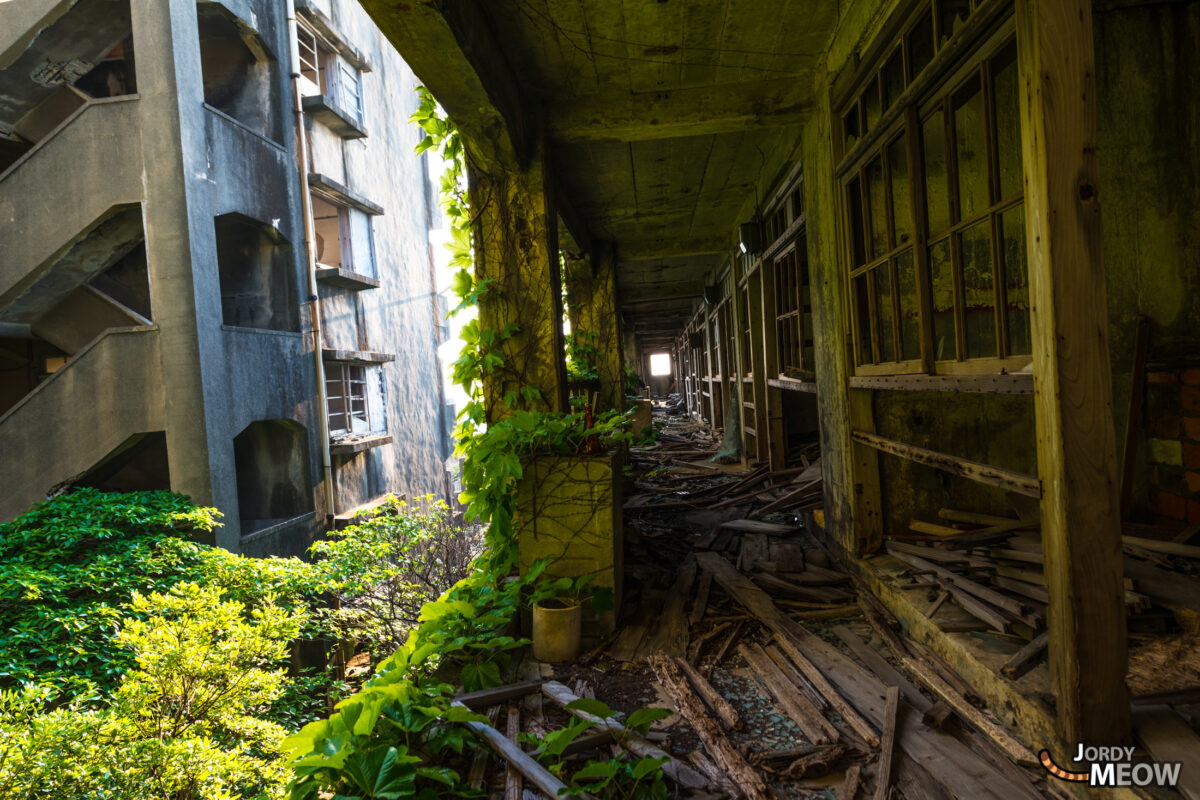
The Rooms
Doutoku: Apart from the staff who was provided with a special building, most of the islanders were miners living in two-room apartments, from 63 to 112 square meters. For a family of five it might seem a little bit cramped by today’s standards but back in the day it was really just a matter of organization. Space was used in an optimum way. All the apartments had the exact same design but we always managed to give each of them their own particular looks. The previous inhabitants of the island all share fond memories of their old homes. They were easy to live in places and every one got along well.
The footbridges between the buildings simplified the comings and goings from one place to another and connected those small spaces together creating a huge entity.
With such a lack of privacy, we were forced to make some efforts. Spontaneously, a sort of wisdom arose and the exchanges between the different buildings became stronger.
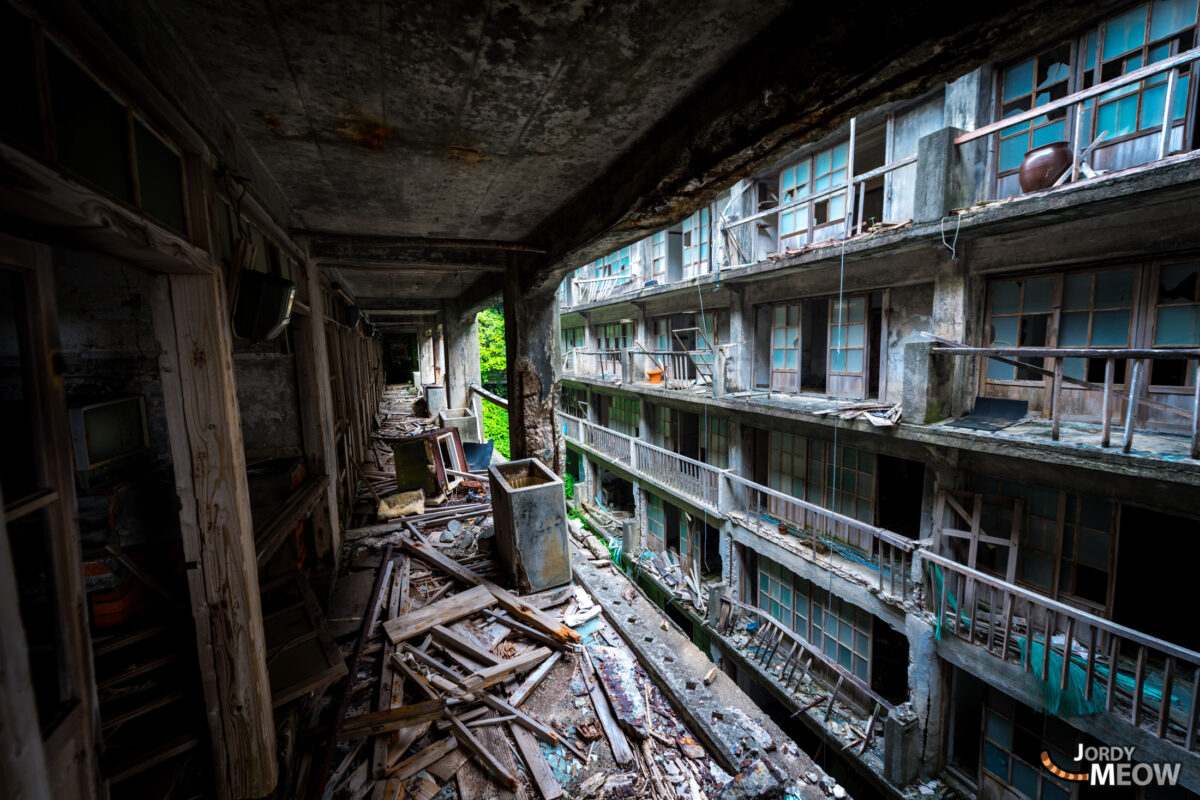
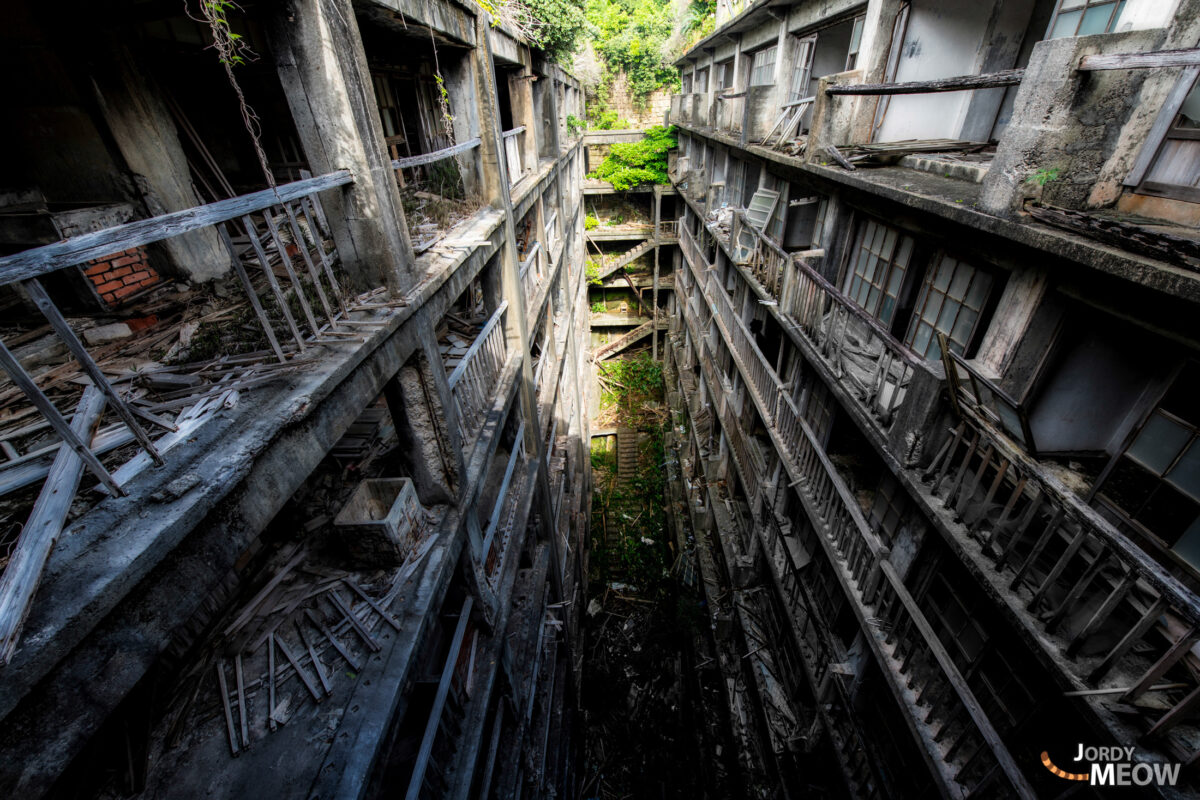
The Bathrooms
Doutoku: Before I moved to Block 65 I was living in Block 16-17. There, everyone shared the same bathroom. It was so dark that we had to switch the light on even during the day! I was particularly afraid of going there at night so every time we changed apartments I prayed my heart out that we would finally end up near the bathroom…
In the past, rooms were allocated based on a point system. Those points were granted according to the status of each worker and depending on the type and size of his family. This system was abolished in 1966. Theoretically, it wasn’t easy to rehouse back then. However, in regard of my own experience, every time an apartment was free, we easily managed to move in.
I was lucky to finally move in Block 65. And by the end of Hashima, I even had the honour of living in an apartment with its own private bathroom. It is rather funny to think about it now, but at the time, it was like a dream for me to have my own bathroom!
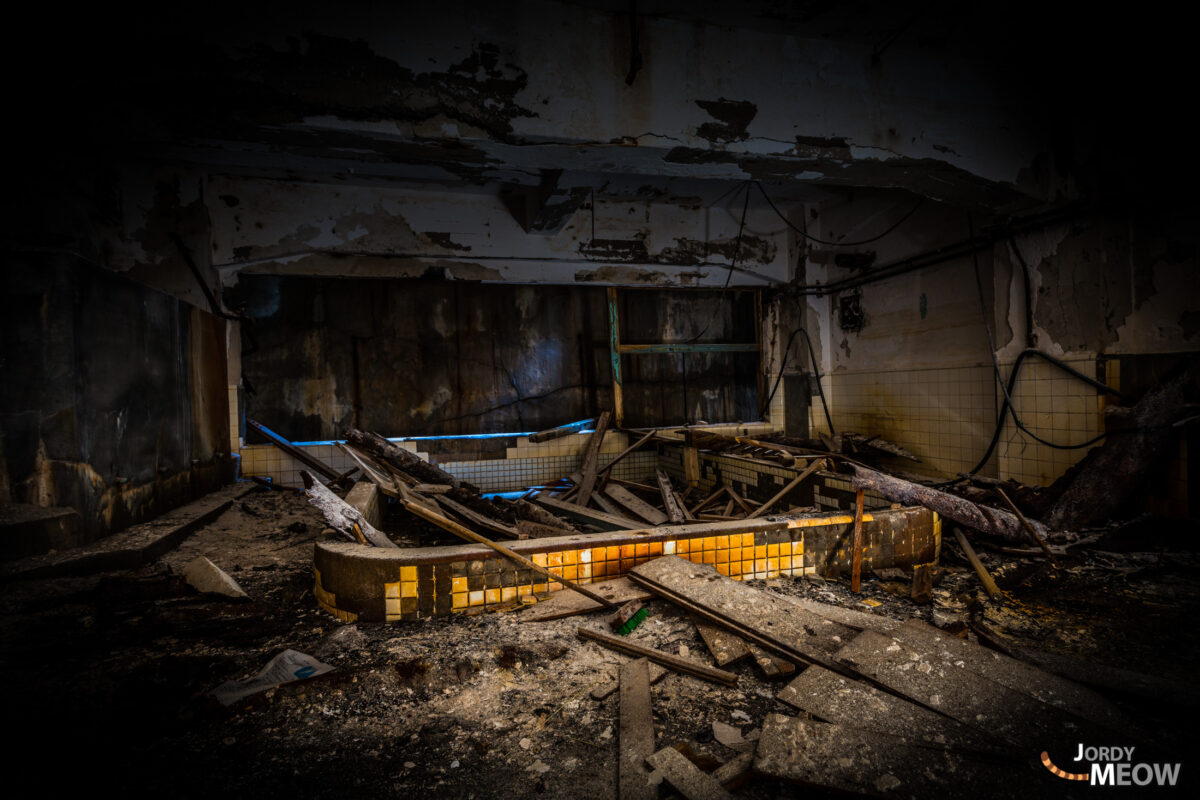
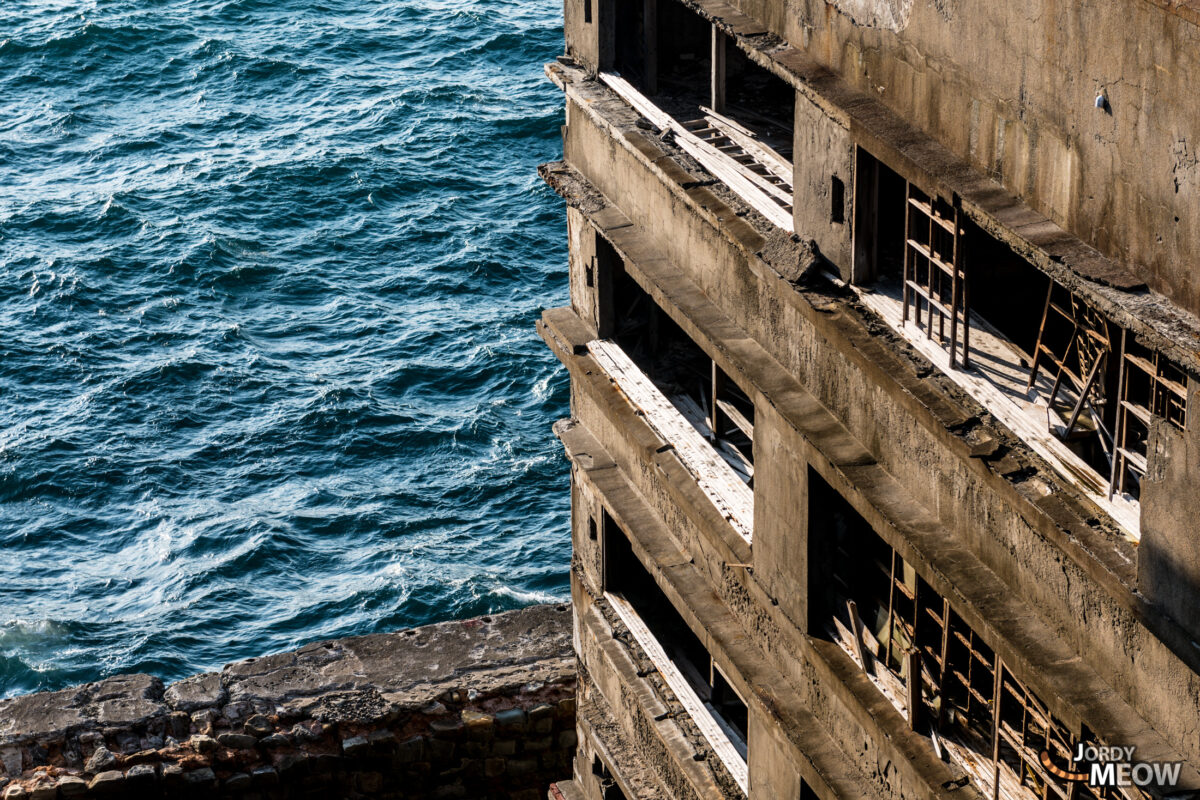
On the Roofs
Doutoku: Roofs held a very important place in the community of Hashima. They were used for a variety of things that went way beyond the basic function of a roof. Some of them were covered with antennas. One antenna each meter! Another one had its own bench and even a swing.
In the summer, at night, more and more inhabitants met up there. Junior high school and high school students, grandfathers and grandmothers… And, of course, guitar players.
It was comforting to know that there always was someone above our heads. And for us, who were living in such small places, walking on those roofs gave us a feeling of freedom and a taste of huge spaces.
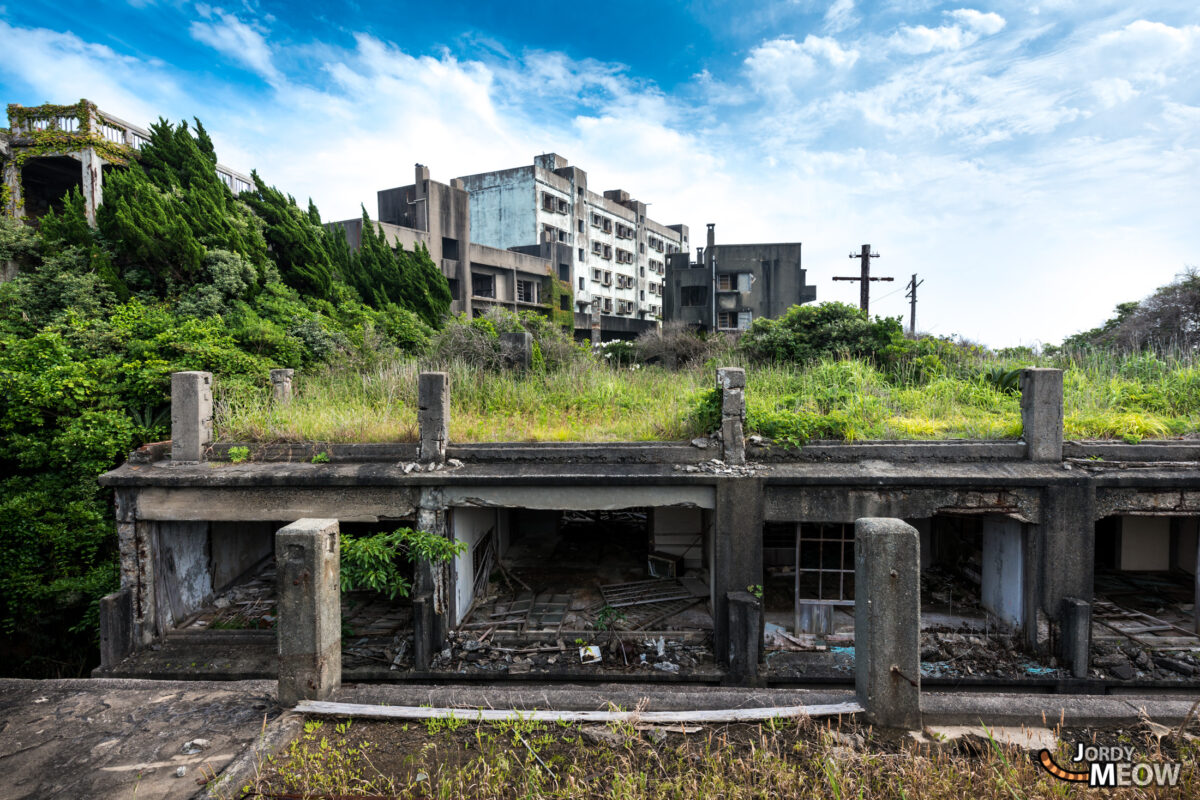
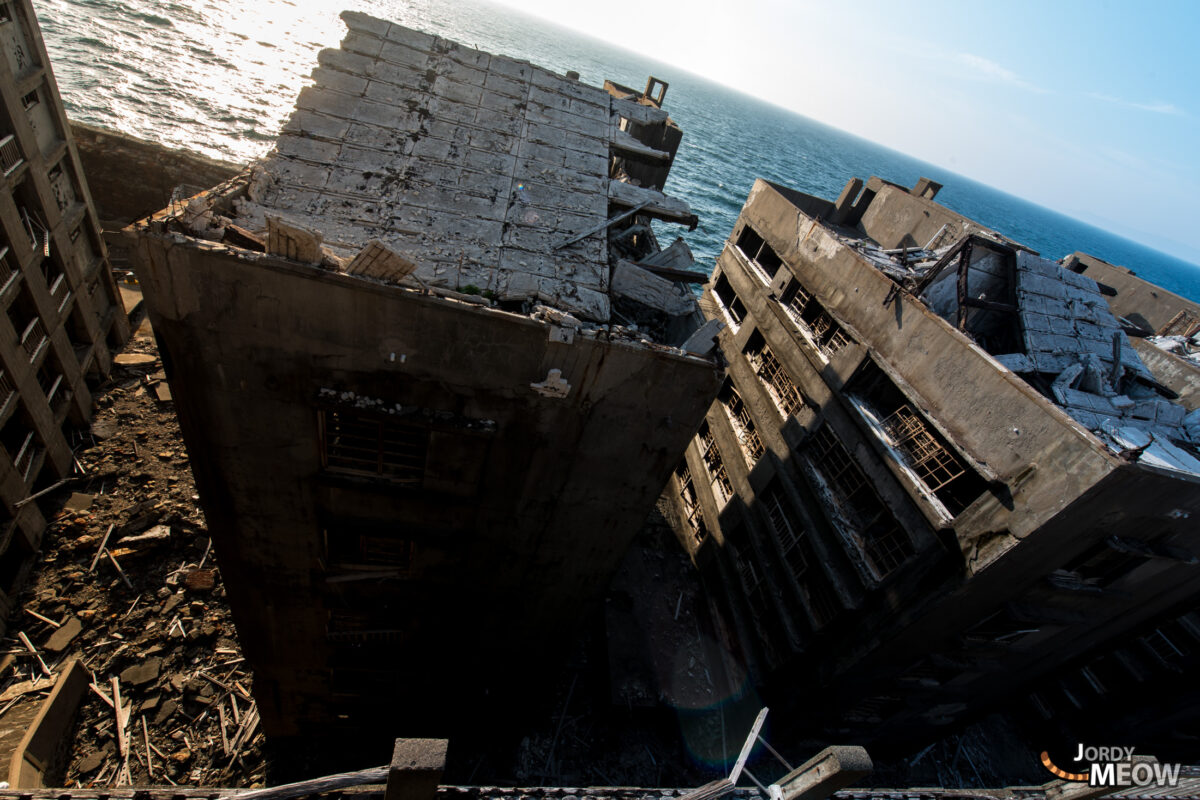
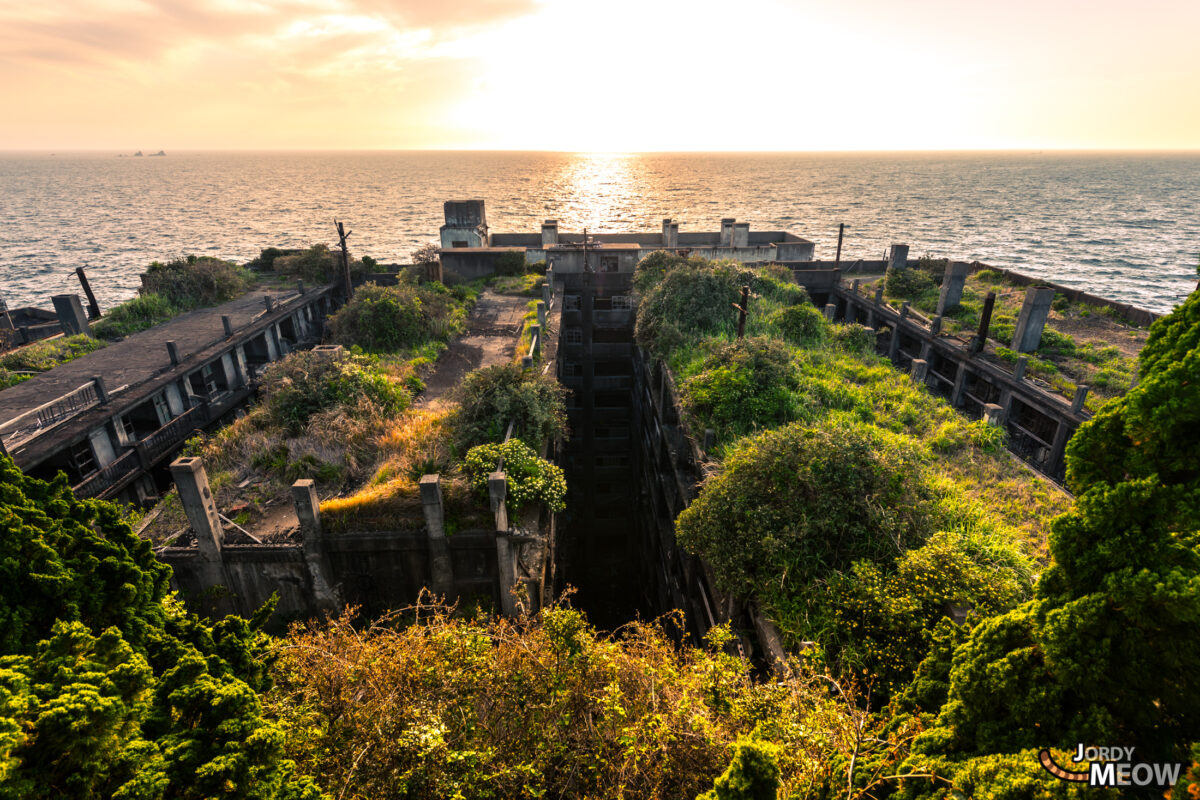
The Teachers
Doutoku: I will always remember our science teacher: Hikawa-sensei. We nicknamed him “The Turtle”. “Kame-chan”. He was around fifty but his classroom was always filled with laughs. I couldn’t stop laughing from the beginning to the end of his classes. At the start of each lesson, there always were some giggling and whispering: our teacher would never zip up his fly properly after going to the restroom! Students were wondering if they should tell him or not but he would always realize that it was wide open sooner or later and zip it up quickly, very quickly. At this moment, the whole class would burst into laughter! And the embarrassed smile of the teacher was so touching. It was not only a science teacher. He was also responsible of finding jobs for the students. Back in the day, even the younger ones who weren’t even in high school had to work aside of the classes.
There was this other teacher that we called “Becha”. He was very strict and his real name was actually Hirakawa-sensei. I remember getting lots of slaps from him. Above all, we shouldn’t be late or act restless otherwise we couldn’t escape the slapping. He was frightening but thanks to him we learned a lot.
Our Japanese teacher, Shio-san (Shiokari-sensei), taught us life in general and how it affects us. He was asked for advice quite a lot regarding our love lives!
Even if it goes all the way back to 30 years ago, I remember very clearly the features and characteristics of each of my teachers. It is probably because we had strong relationships with them, we who lived on such a small island. Now, these memories of being scolded give me a deep feeling of nostalgia. Even deeper when I look at one of these blackboards where their names are still written.

After The Bath
Doutoku: After the bath, I was always impatient to buy a fruit juice at the grocery store “Nomo”. I didn’t always have pocket money so I was following my senpai hoping he would buy me some. It would work most of the time.
At the store, there also was a little girl that we called “Nomo’s Kayo-chan”. She was adored by everyone and was like a little celebrity on Hashima. She always welcomed me with a smile and she had that thing about her that made us stay at the store so long that we would end up catching a cold right after the bath. Today, Kayo-chan is still in shape. I still see her riding her motorized wheelchair here and there. And since nobody knows her real age she’ll always be “Nomo’s Kayo-chan”.
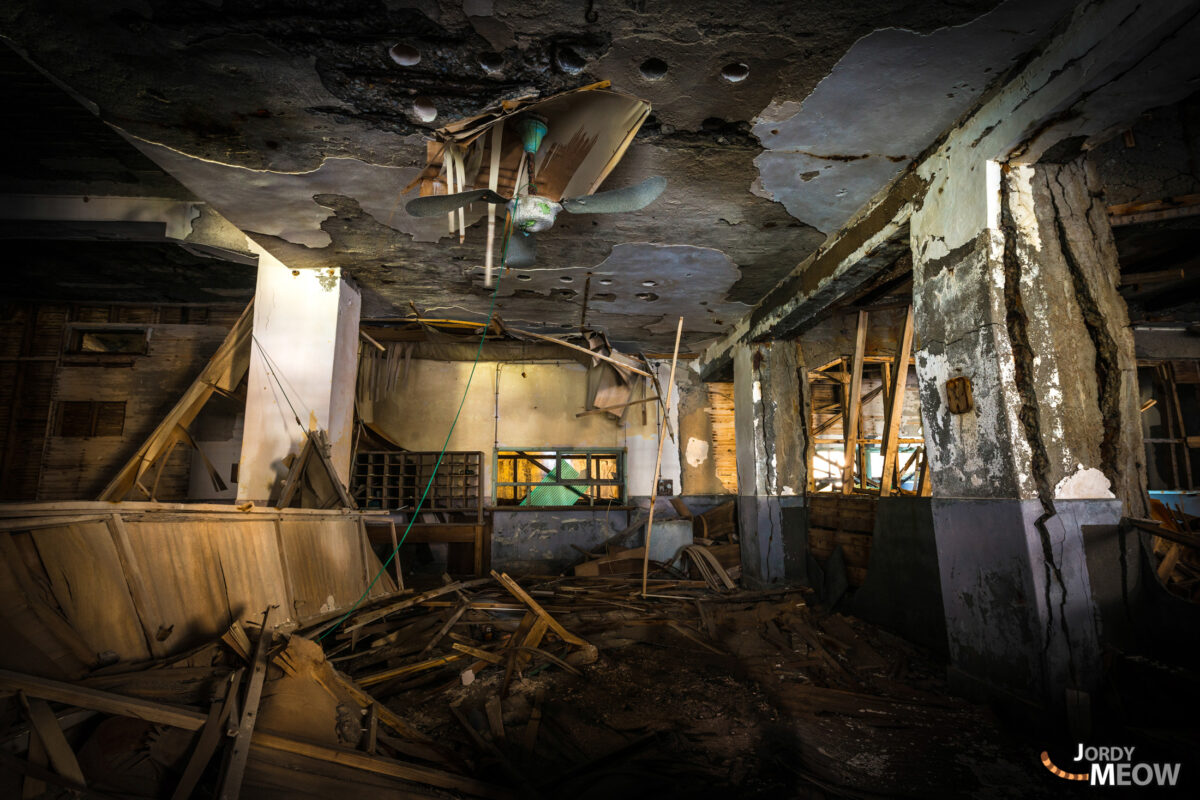
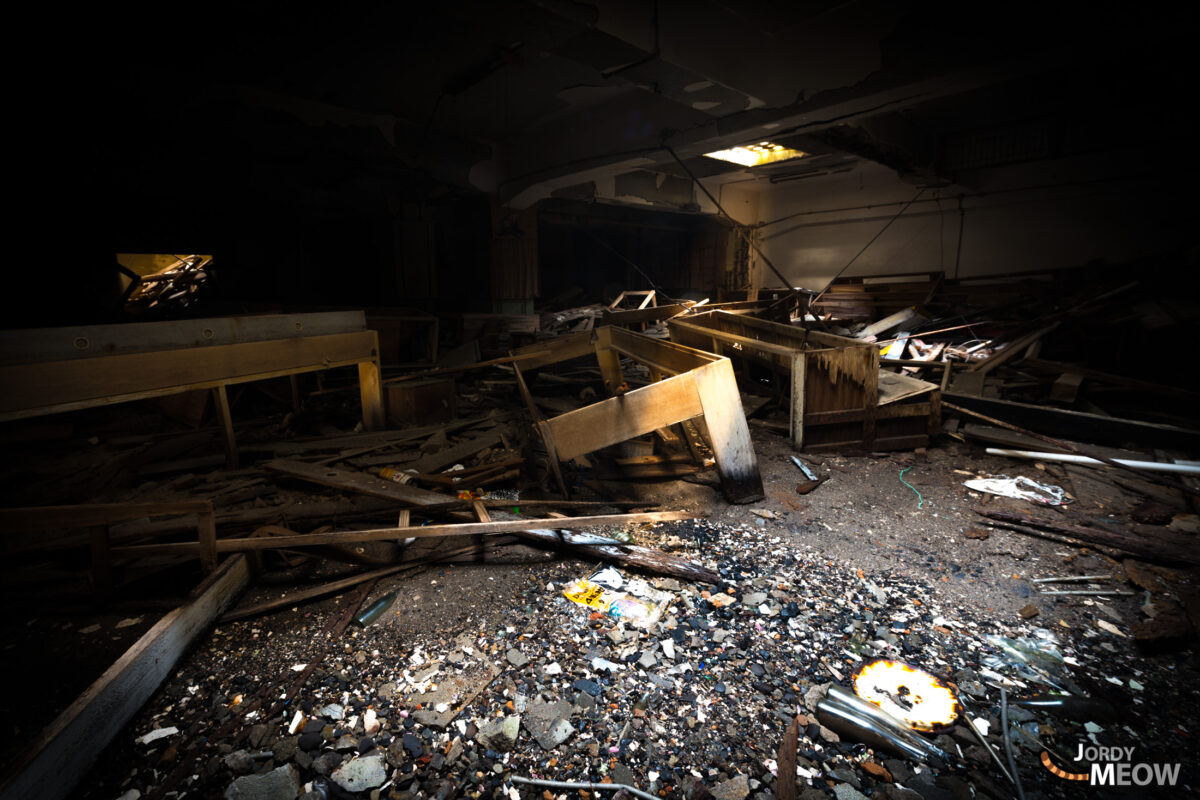
Nagasaki City
Doutoku: A lot of people used to go to Nagasaki on Sundays. When I was at junior high school, we needed a certificate from the school to have the right to go to the mainland. We also had to be accompanied and that was quite annoying. But anyways, we were so happy to go to Nagasaki and enjoy all the things that missed on the island. Going shopping! Buying books, clothes! With the school’s certificate we could also get some discount.
The first time I went to Hashima (from Chikuho), I was seasick and I hated boats. But after two or three months, it wasn’t a problem anymore. Maybe the excitement of going into town made me totally forget about my seasickness!
In Nagasaki, there’s a quay called the Ohato Terminal. It was our arrival point from Hashima. The main street of the city was “Hama no Machi”, where there’s an arcade full of shops. That made our day! Now it’s practically the same as in the past but some shops have closed down… And I have like a feeling of loneliness when I go past them today.
That is how we would enjoy our days off or holidays. We would go to Nagasaki for the day and then come back to the island. We couldn’t go further, nor by car or by train. So for us, Nagasaki was the trip of our dreams. Every time I walk by the Ohato Terminal, all these memories come back at once.
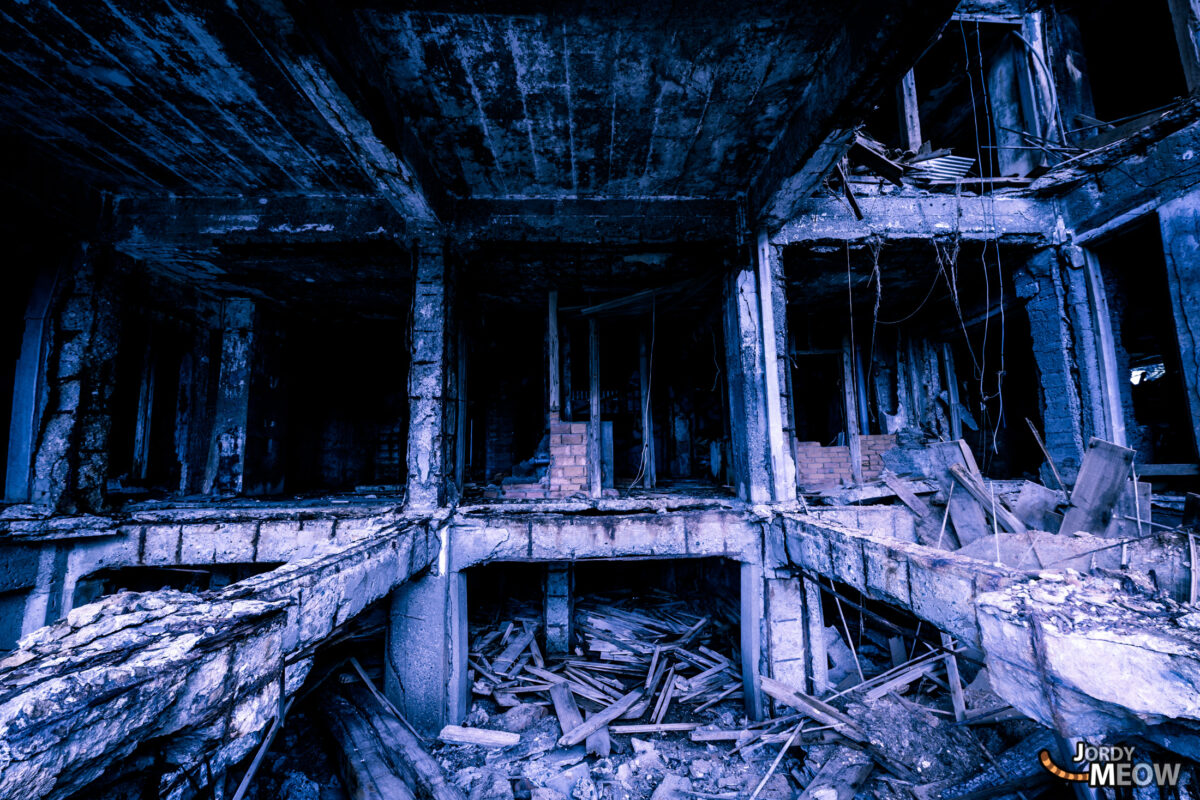
The Winter’s Waves Ballet
Doutoku: The North wind is very strong in February and every day we watched the enraged sea. During this season, lots of boats stopped sailing and the activity around the island became very calm. Even the itinerant tradesmen from Takahama didn’t come anymore. Fewer supplies, fewer fresh fruits and vegetables. It was the harsh reality of winter for us.
Once, I even saw some snow. I believe it was during my first year of junior high school, my memory is vague but I remember an intense cold that hit the island and we even managed to build a snowman in front of the school building. It was the only time I saw snow on Hashima. An instant of white calm in the middle of the dark winter.
The Greenless Island
Doutoku: In the media, the island was called “the island without green” repeatedly. But it was only from an external point of view, from the perspective of those who weren’t actually living there. According to me, the island was filled with “green”. The temptation of giving it this name was probably too appealing.
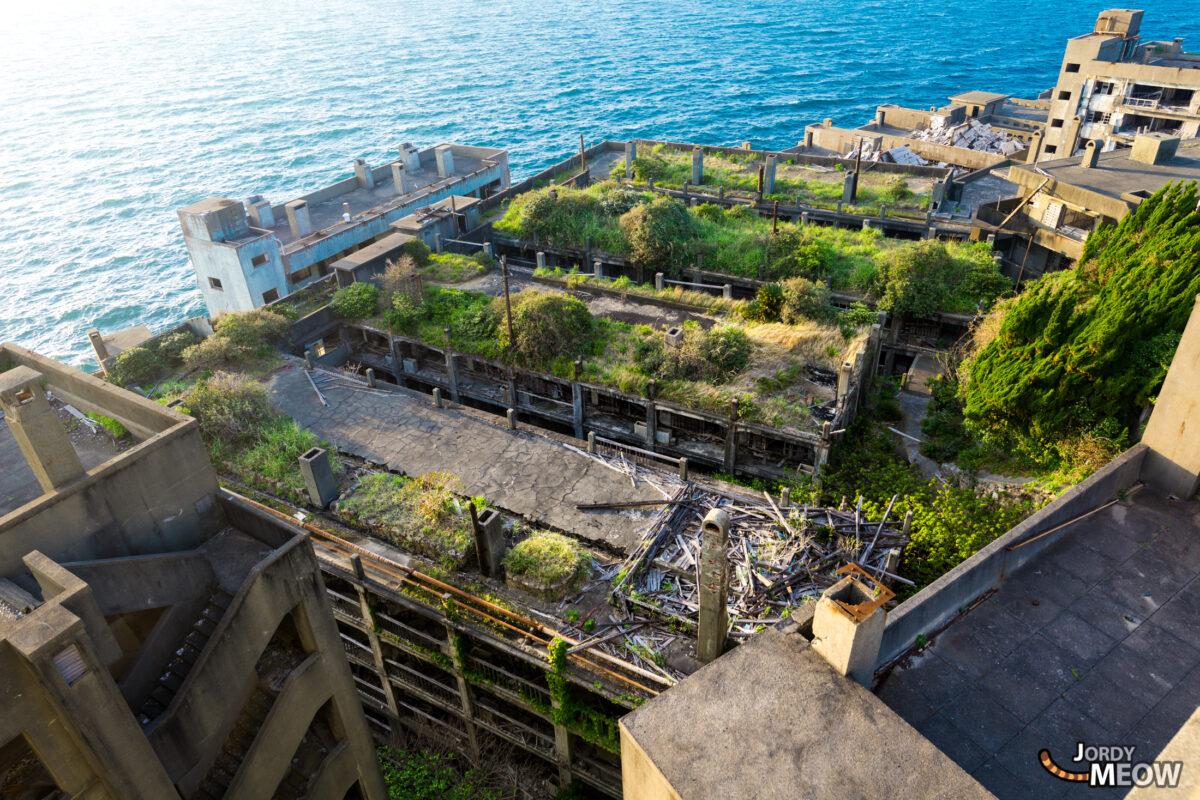
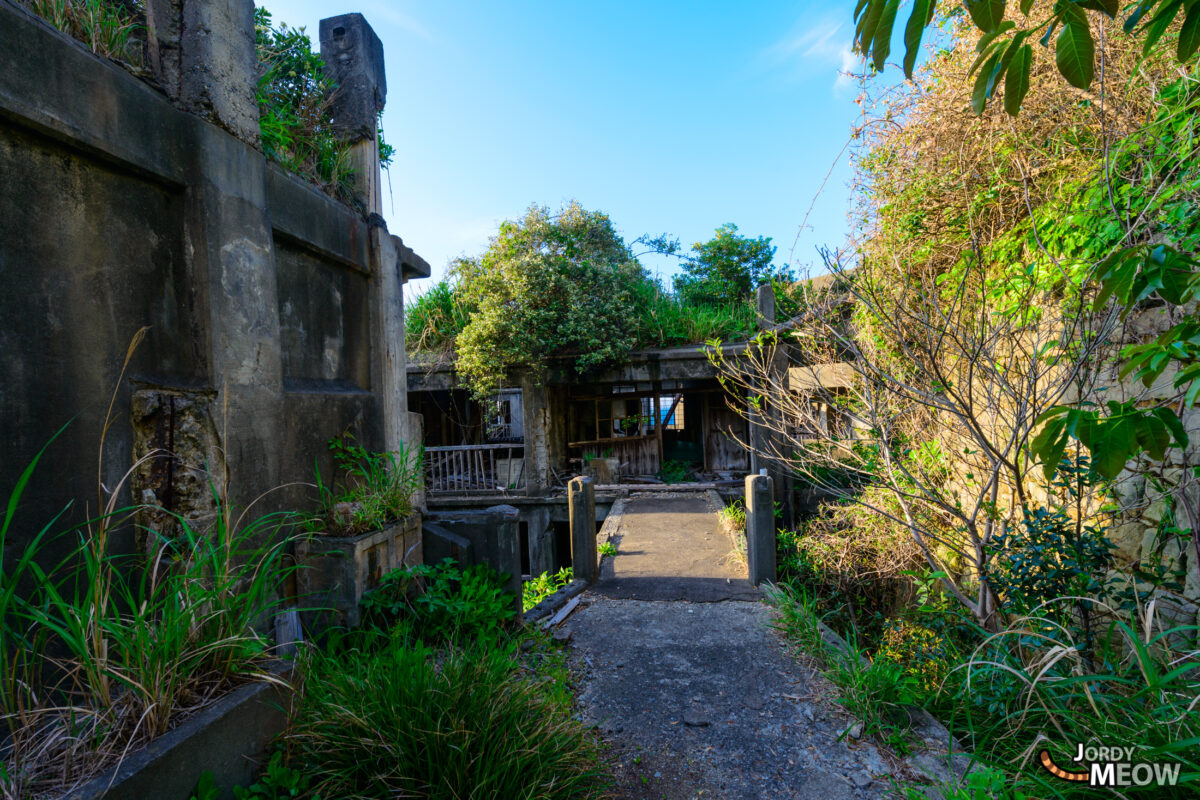
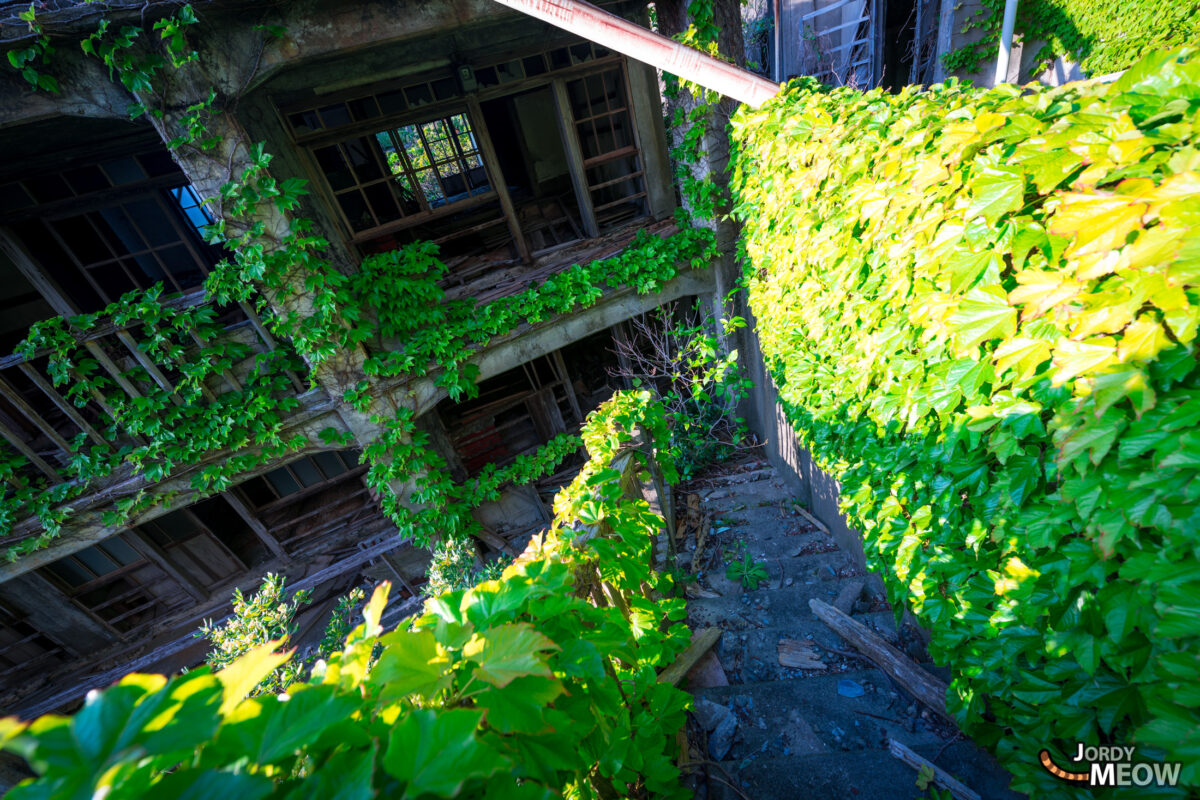
Silent Night
Doutoku: The island was never pitch dark, even in the middle of night; we could call it the “City That Never Sleeps”. The mines were in service 24/7 and never stopped to take a breath. The light was on in the homes of those who were working. That light had nothing eccentric, it was generally just a simple light bulb. When the first shift was over, a second set of windows would light up and replace the first ones. And so on with the third and fourth shifts. The light travelled from windows to windows without stopping. And yes, there were family behind each of them.
With this light, we felt at ease, especially when we came back by boat from the mainland late at night. And the voices of the people could be heard even from the quay.
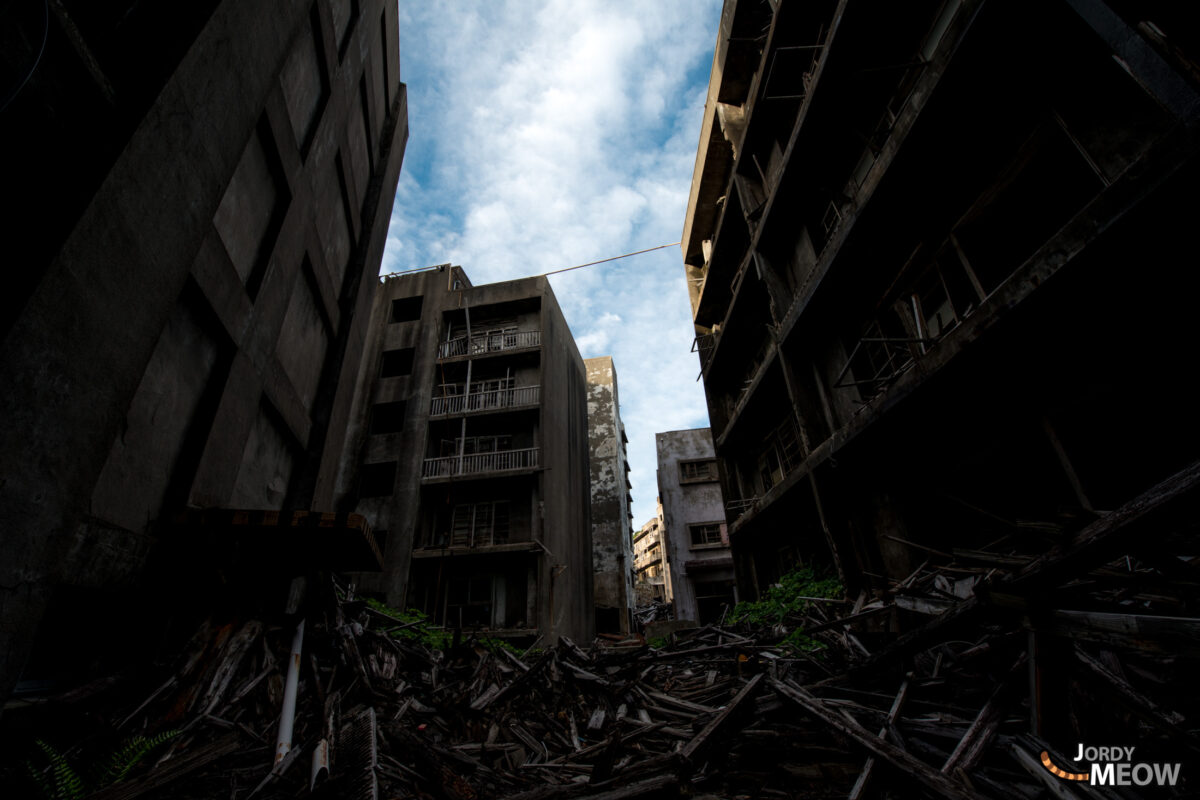
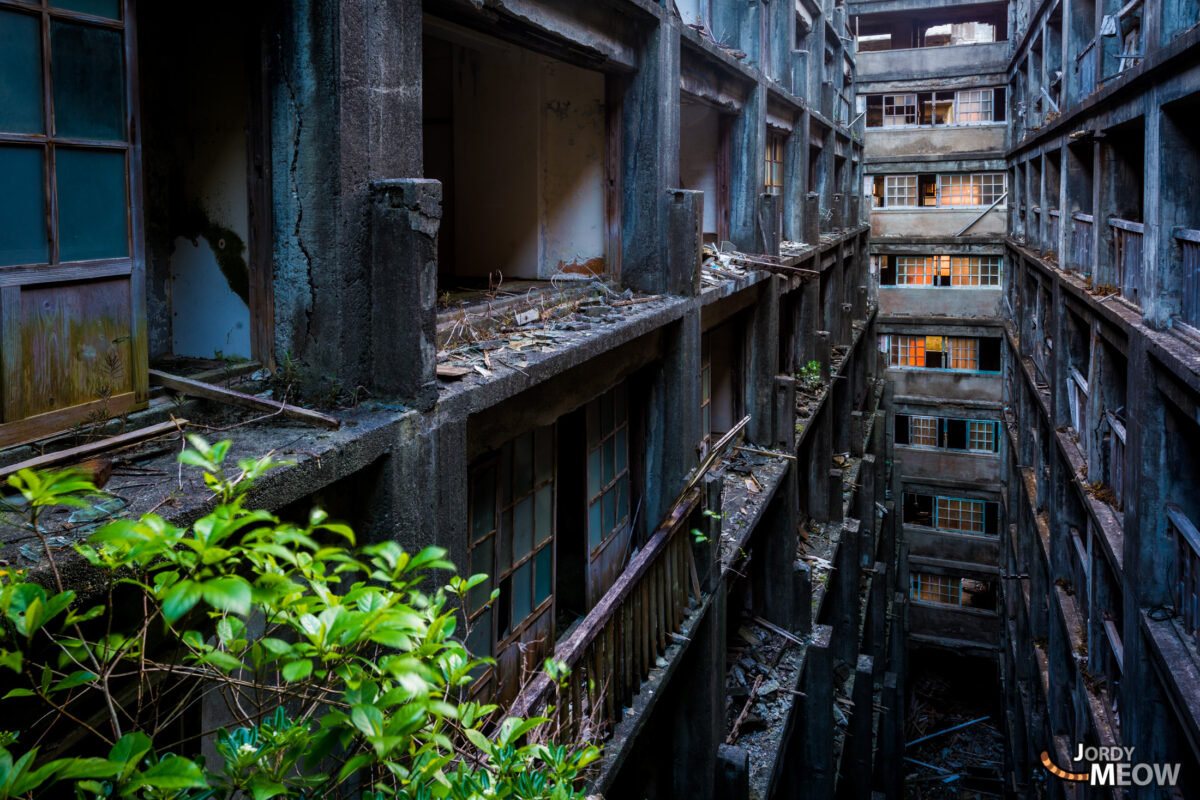
Haikyo
Doutoku: Recently, when we speak of haikyo, the name of Gunkanjima is always cited. I don’t know if there’s a haikyo boom or something, if it’s a new trend… But I don’t like that term at all. In the media, they love mentionning Gunkanjima with catchy headlines like “The Queen of Ruins”, “The Abandoned Island”, “The Tombstone”, and so on… It’s so macabre! However, for us who lived on the island and despite its dilapidated condition, out of breath, it still is… our home. Where we come from. It’s really sad to juxtapose Hashima with the word haikyo or ruin. We know it’s the reason why the island gets more and more attention but what would people think if we called their hometown a ruin? Besides, since the island is uninhabited (1974), it has been vandalized many times. Today, the island cries. It suffers and dies out, annihilated little by little by natural causes but also by people – that I can’t forgive – who keep on vandalizing it.
PS: The island was vandalized several times. For example, the artist JR (that you may know even though his real identity still remains secret) is one of the last having tried to use it as a medium for one of his works. Obviously, it revolted the former inhabitants of the island. They were many to go back there to clean it after JR came. It’s a shame because naturally the image of foreigners visiting the island degraded and became more difficult.
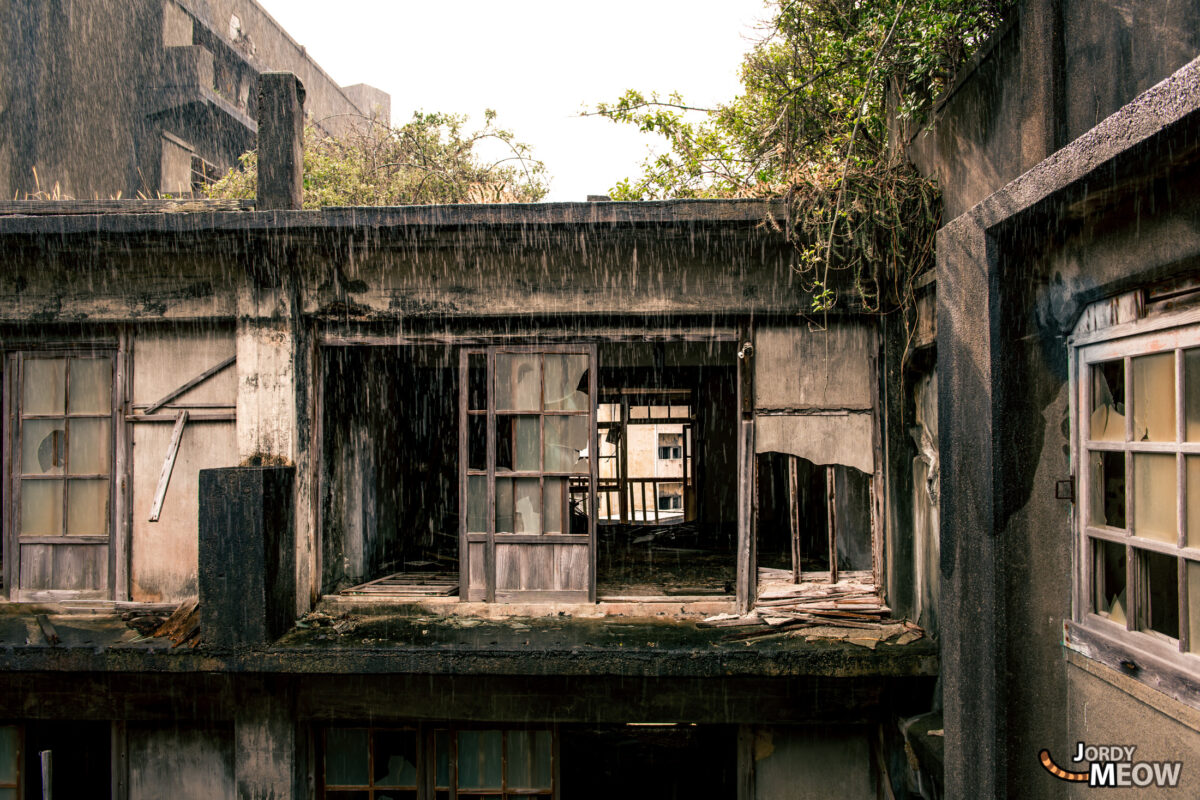
PS : L’île a été vandalisé à plusieurs reprises. Par exemple, l’artiste JR (que vous connaissez peut-être bien que sa véritable identité soit secrète) est l’un des derniers à y avoir essayé de l’utiliser pour en faire l’une de ses oeuvres d’art. Ce qui n’a pas manqué à révolter les anciens habitants de l’île. Ils ont été nombreux à se rendre sur l’île pour la nettoyer après son passage. Une honte car bien-sûr l’image d’étrangers marchant sur l’île en a pris un coup.
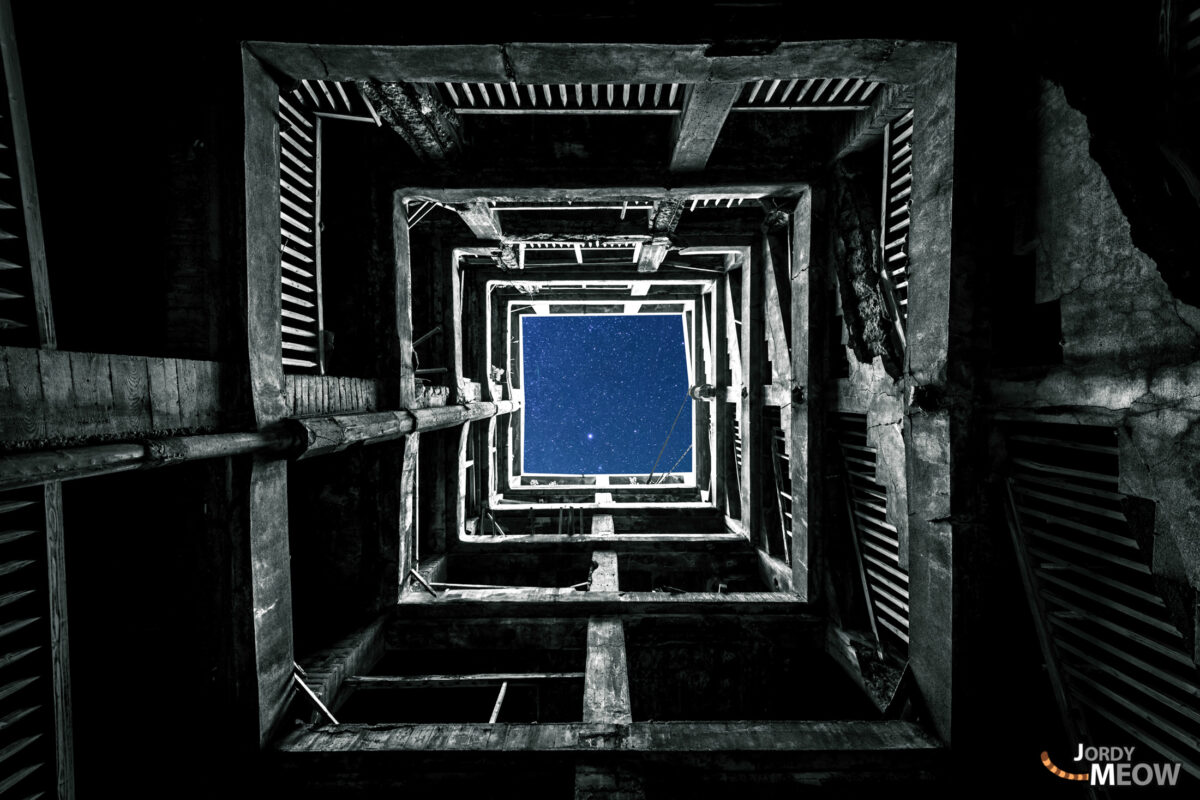
Now, let’s finish with some more pragmatic questions… 🙂
Does the success of the island satisfy you?
Doutoku: Of course. On the other hand, the success of the island as a touristic spot isn’t necessarily a positive image for the former inhabitants. But we hope that the tourists will think about the cause and the existence of this place.
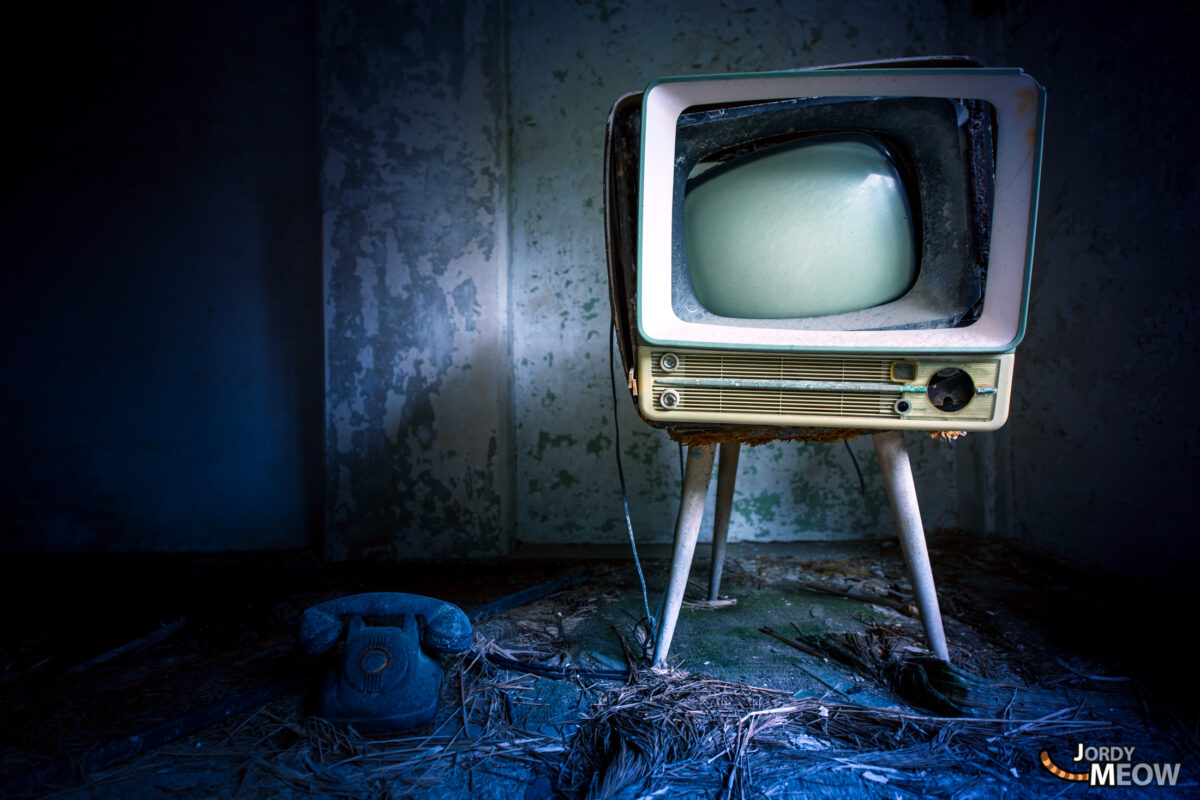
Is the island in a precarious condition today? Is it possible that it crumbles down one day?
Doutoku-san : The buildings decay slowly but the most disturbing thing is the very fragile condition of the dike, that long wall surrounding and protecting the island. If this wall collapses, the rest will follow immediately. So the island can disappear in an instant after a typhoon. It is imperative to repair this dike as soon as possible.
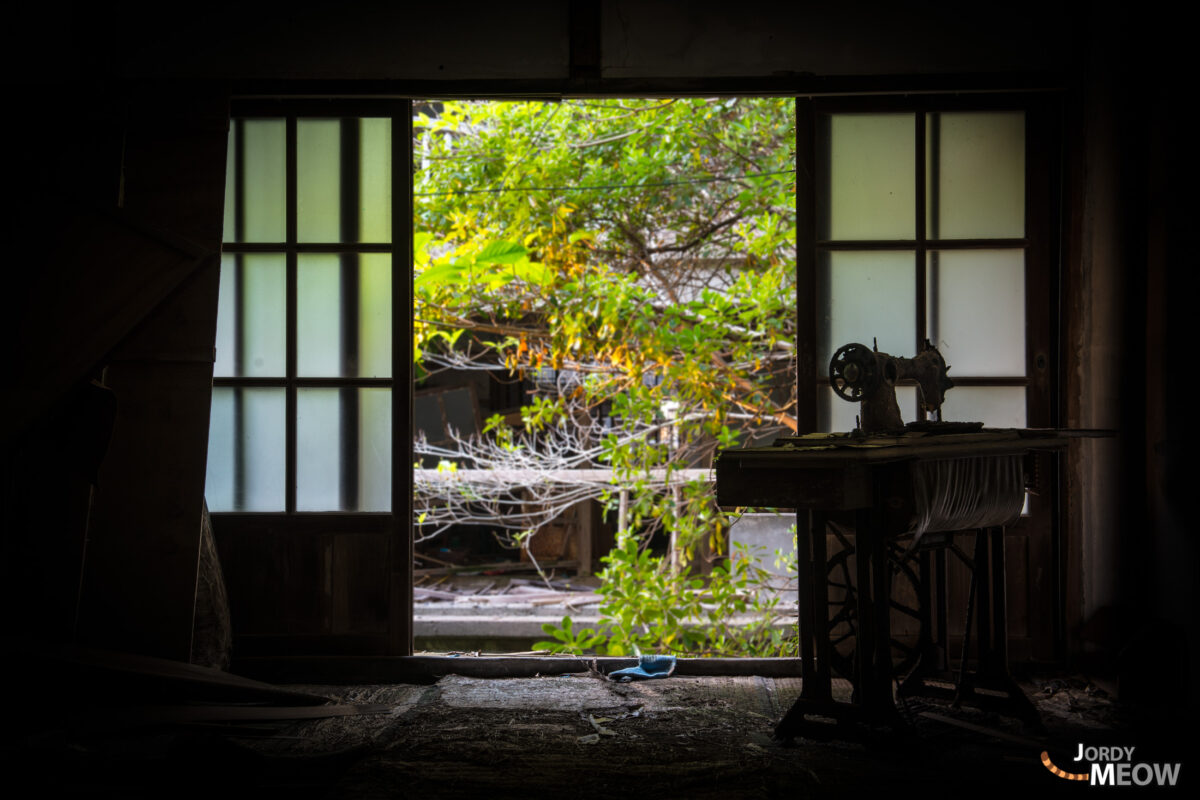
If the island is inscribed on the UNESCO heritage list, what will happen next?
Doutoku: There will be more and more visitors and also lots of foreigners. We are not ready at all to welcome all these people and the guides only speak Japanese. The island will need to be repaired even more for its own preservation but also for the security of the visitors. Unfortunately, the city of Nagasaki does nothing at all.
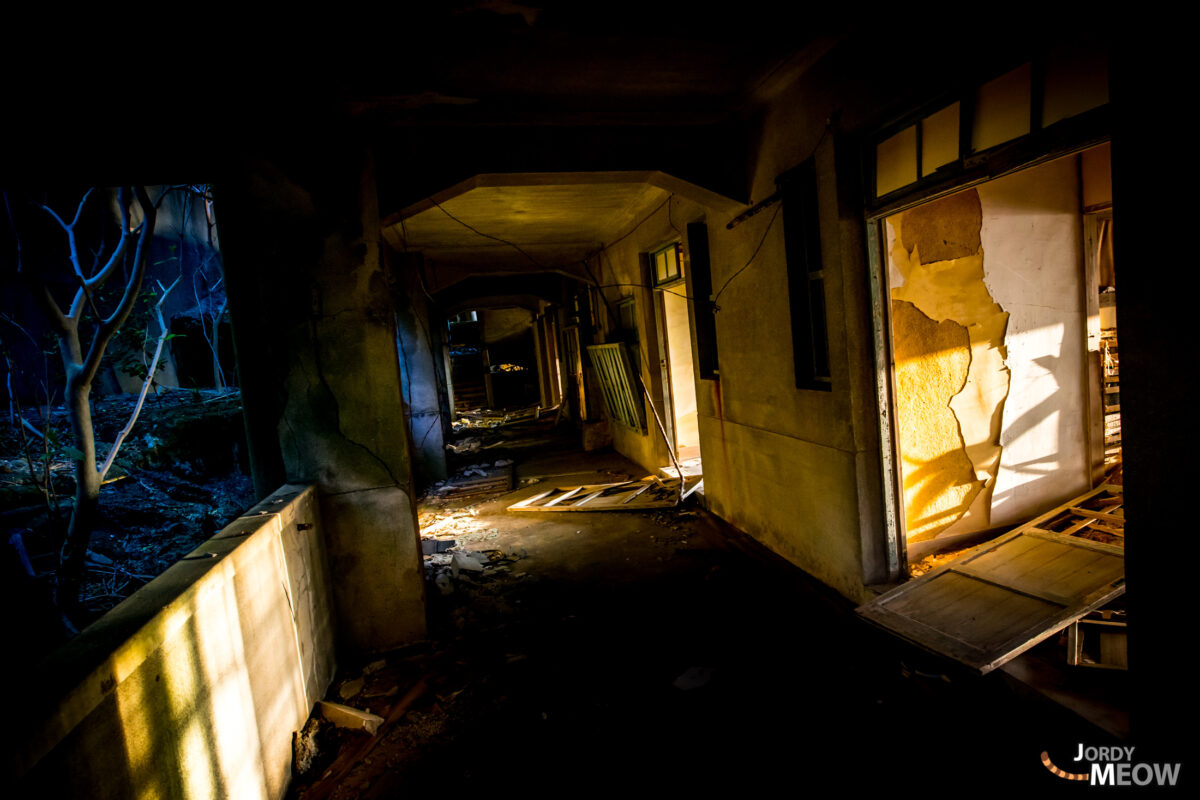
Do you have a particular message for all the lovers of the island?
Doutoku: I would like them to investigate the history of the island before coming and taking pictures. Those ruins are the collateral damage of the ego of men. They aren’t beautiful. It is important to think about the lives of those who worked and lived there. One shouldn’t visit the island only to quench his own curiosity. For a lot of people, this place represents their homeland, their furusato. They call it Hashima, not the Battleship or Gunkanjima. I want the visitors to understand the very particular message that this island delivers, and the economic, environmental and social problems that it expresses. Nature supports life. Hashima makes us think about the future and its challenges.
I seize this occasion to announce that I am now preparing a new very exciting project about Gunkanjima with a French and Japanese friends. It will be less urbex, definitely. It won’t be another TV show presenting Hashima as a ruin or something similar like it. It will be something that honor the island and its inhabitants instead and I think you will like it.
In the meantime, what do you think of Doutoku-san’s memories? Do you have any questions you would like to ask him? Ideas to share?
Translated by Cyrielle Bulgheroni.
And for more awesome content about Japan, follow Jordy Meow on Instagram ! 🎵

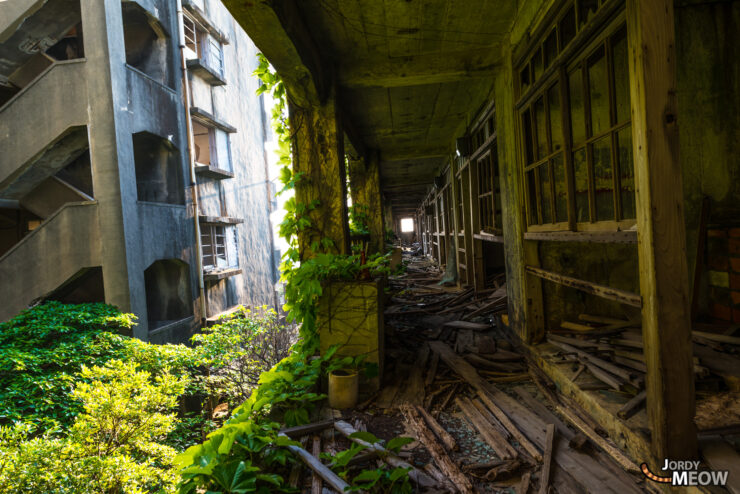
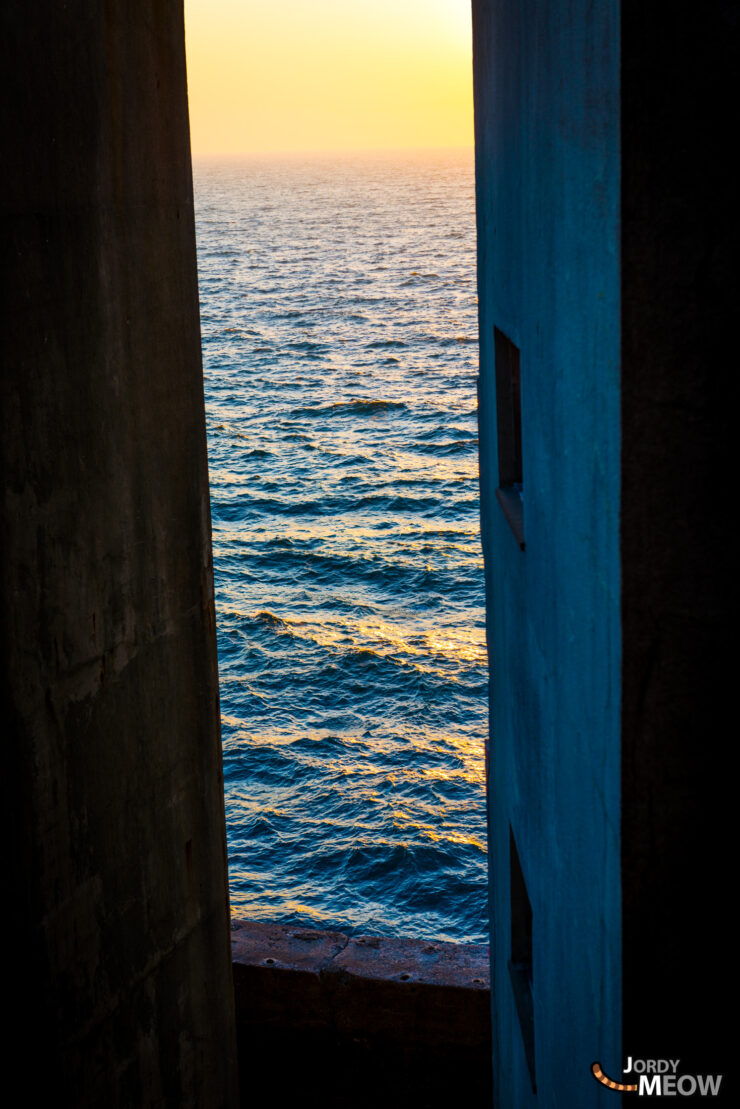
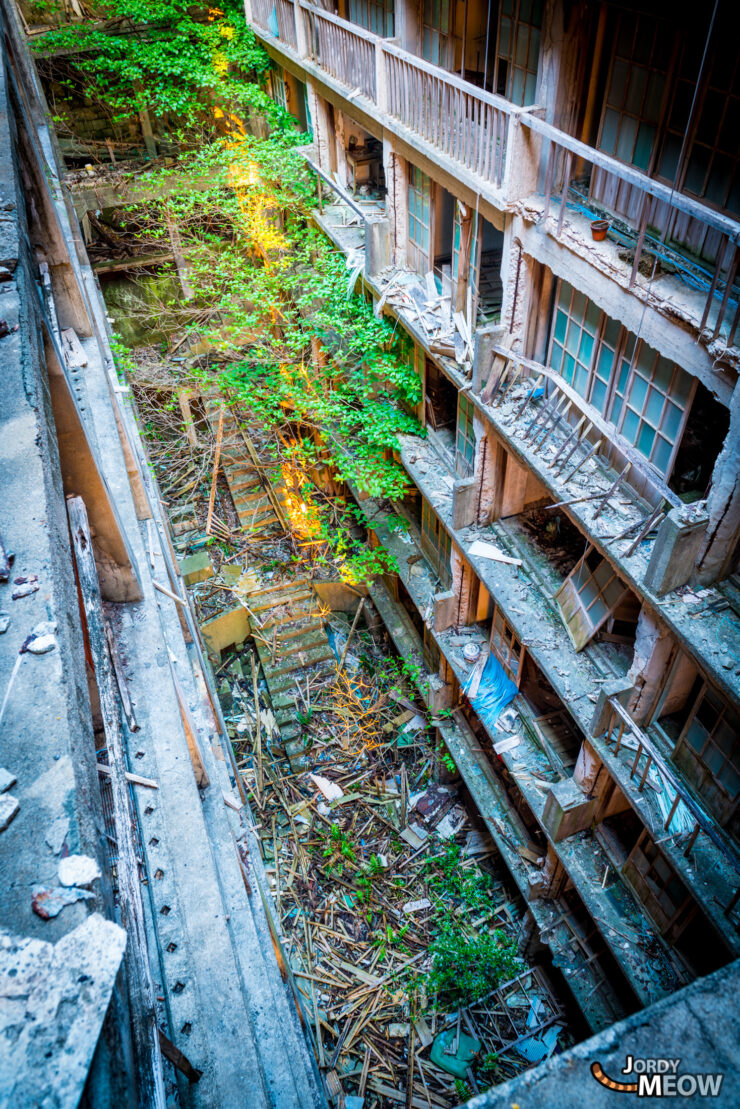
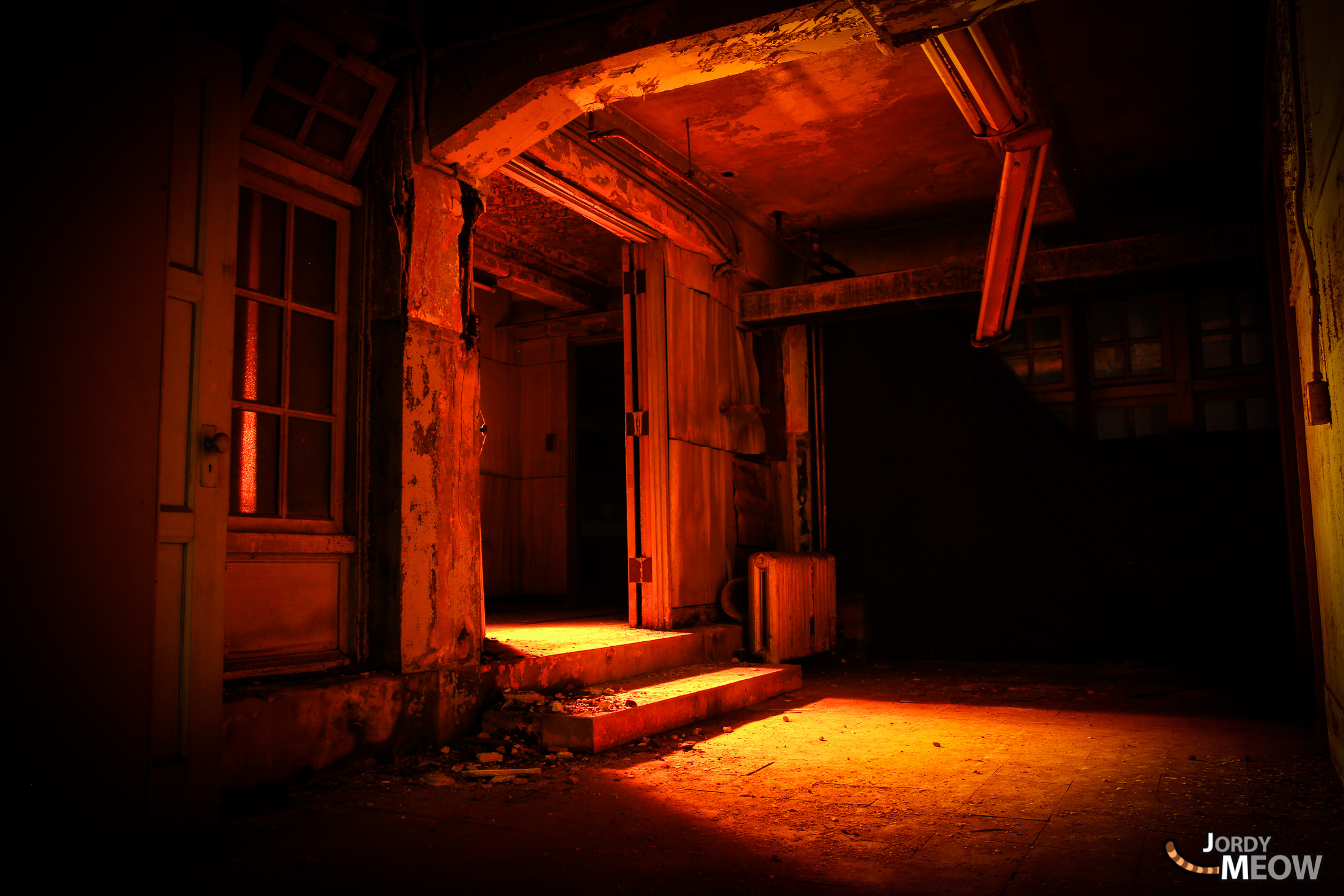
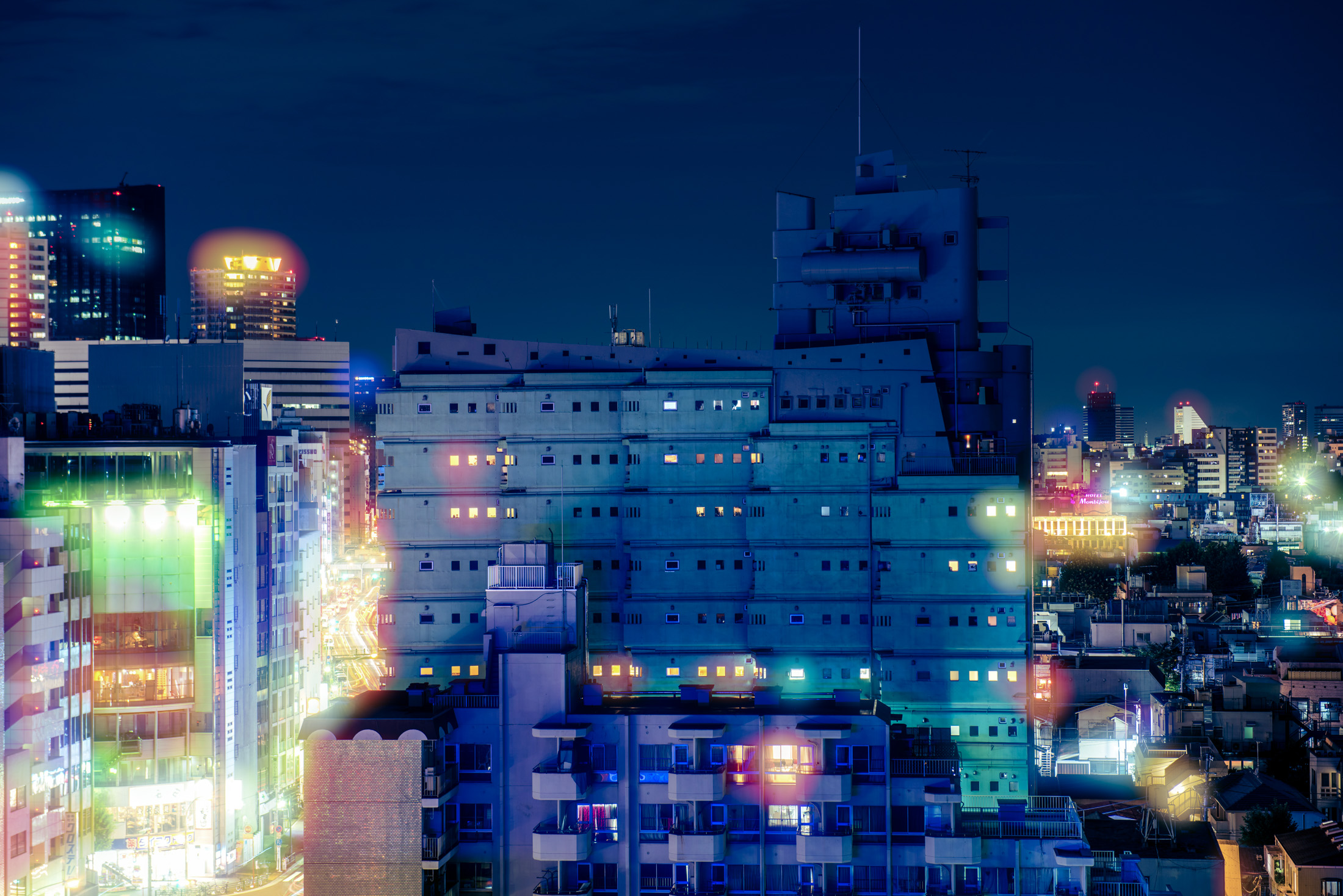
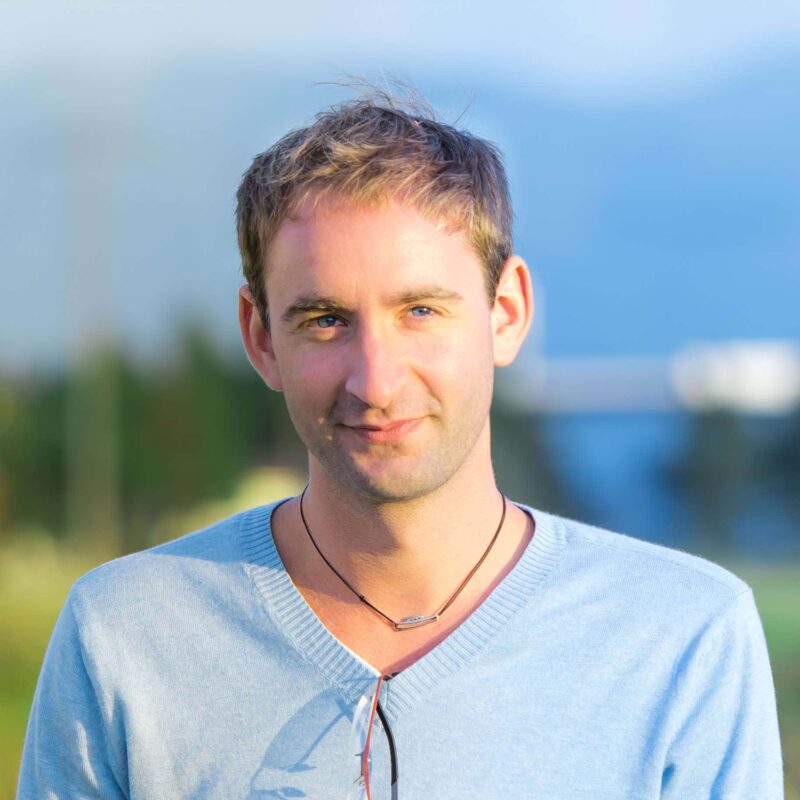










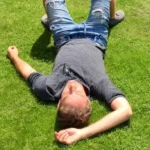
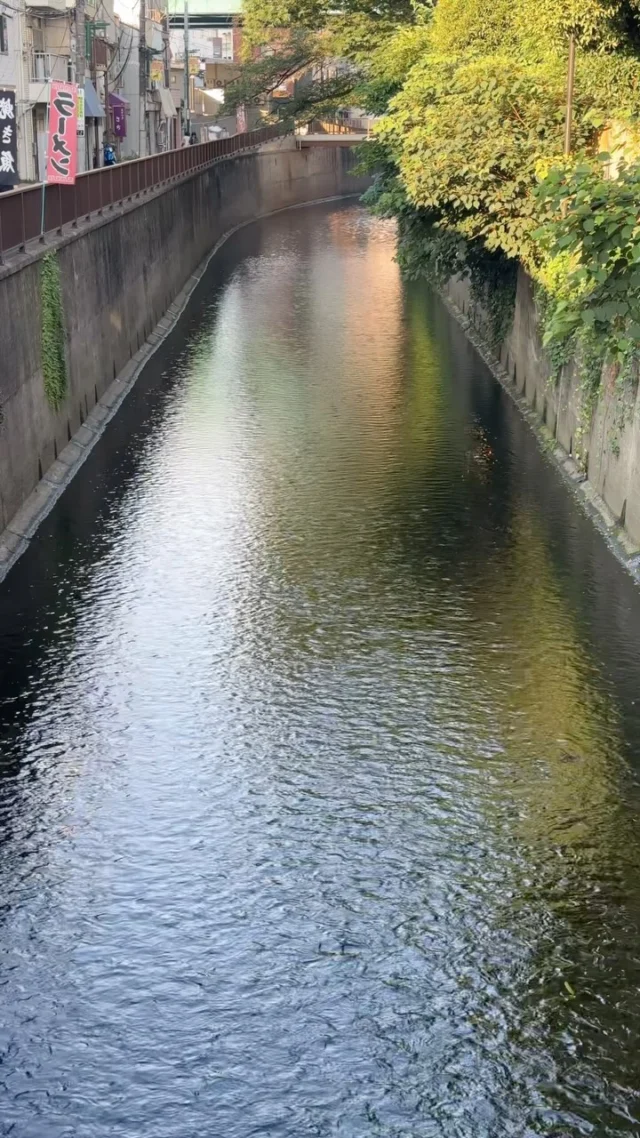
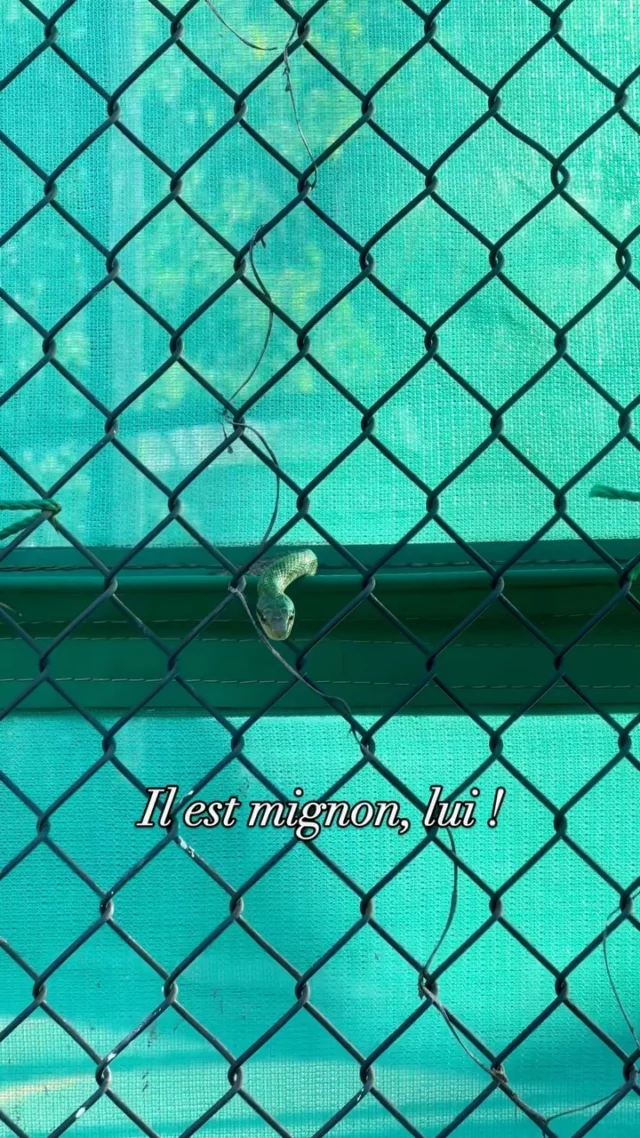
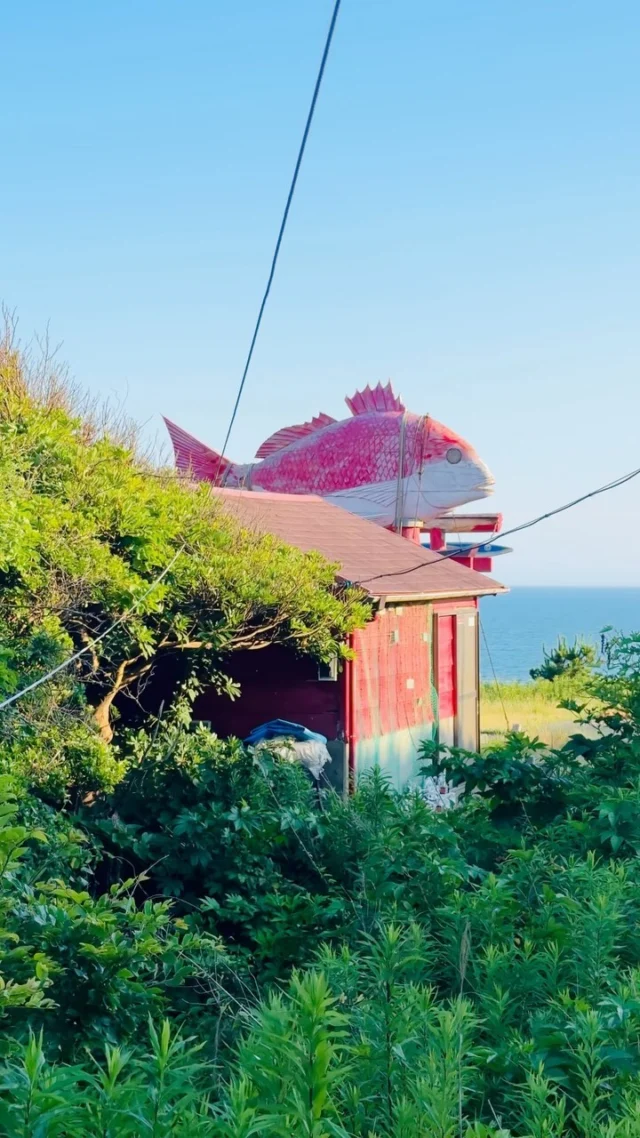
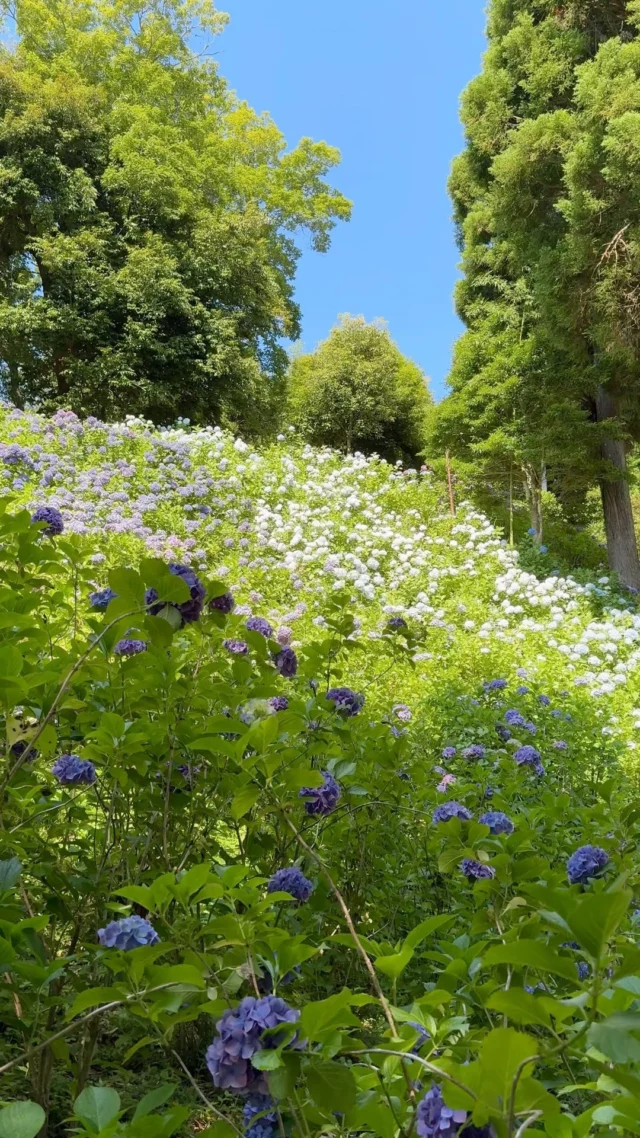
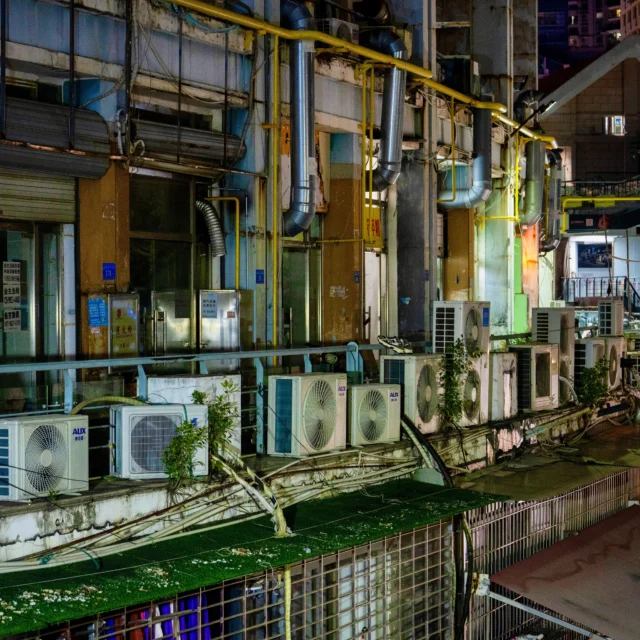
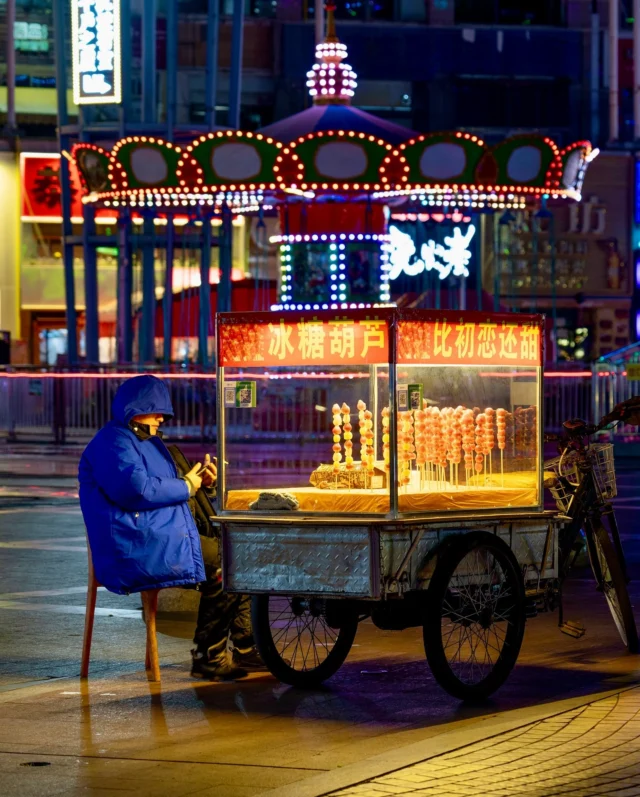
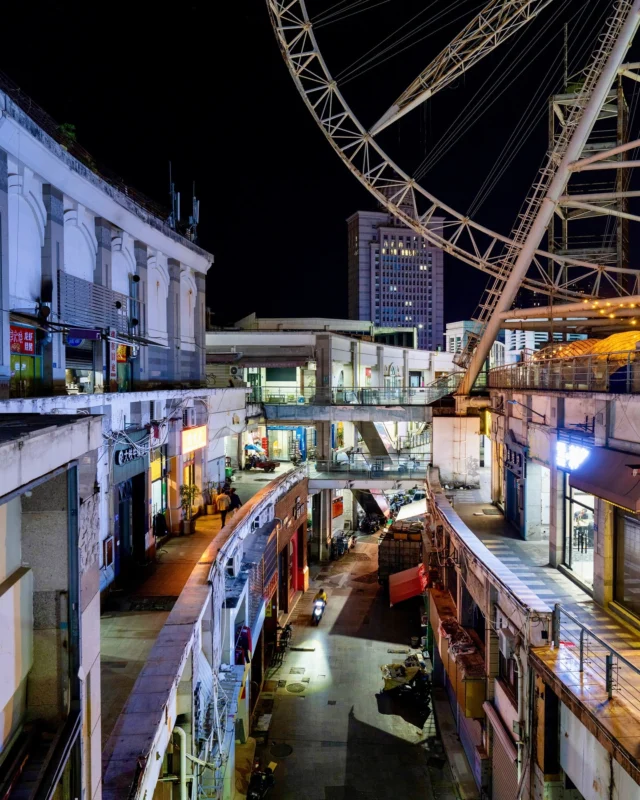
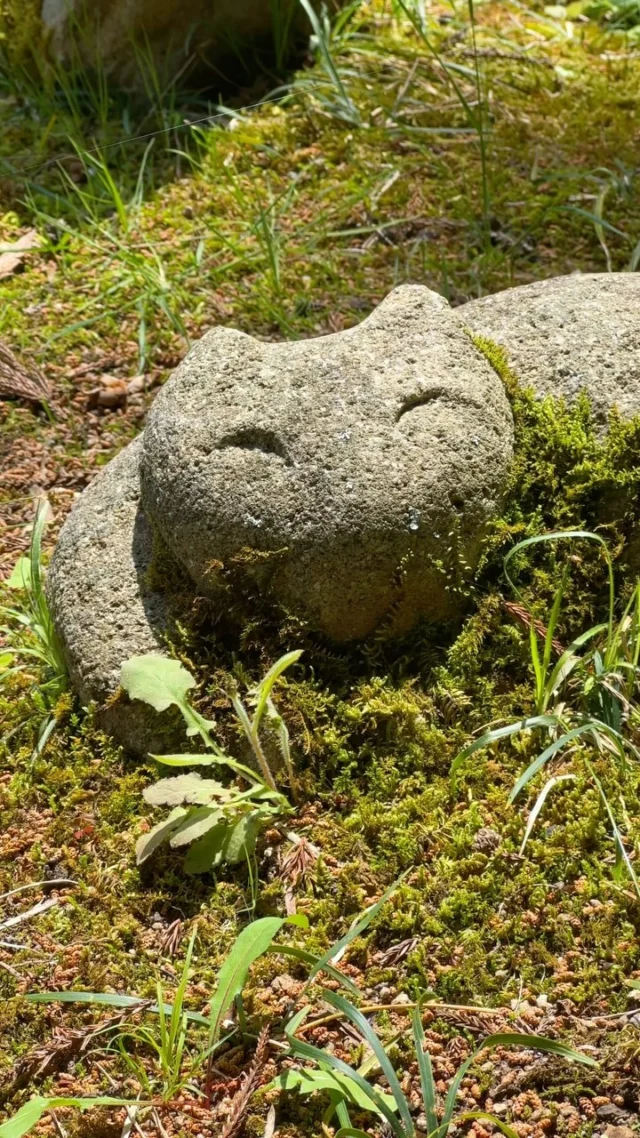
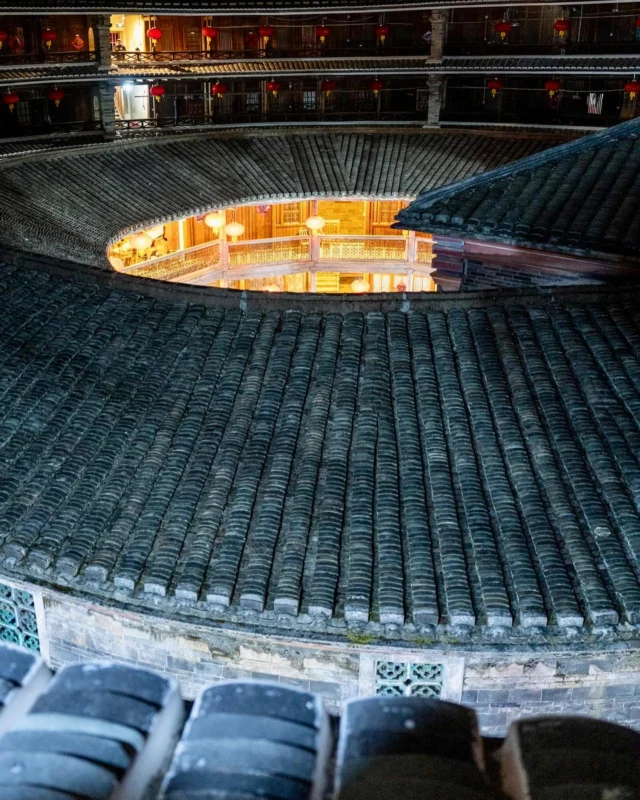
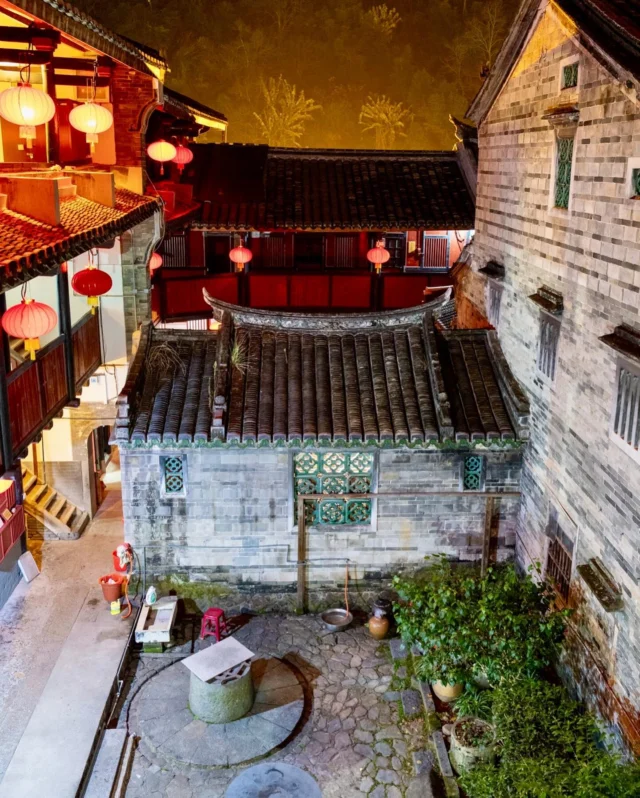
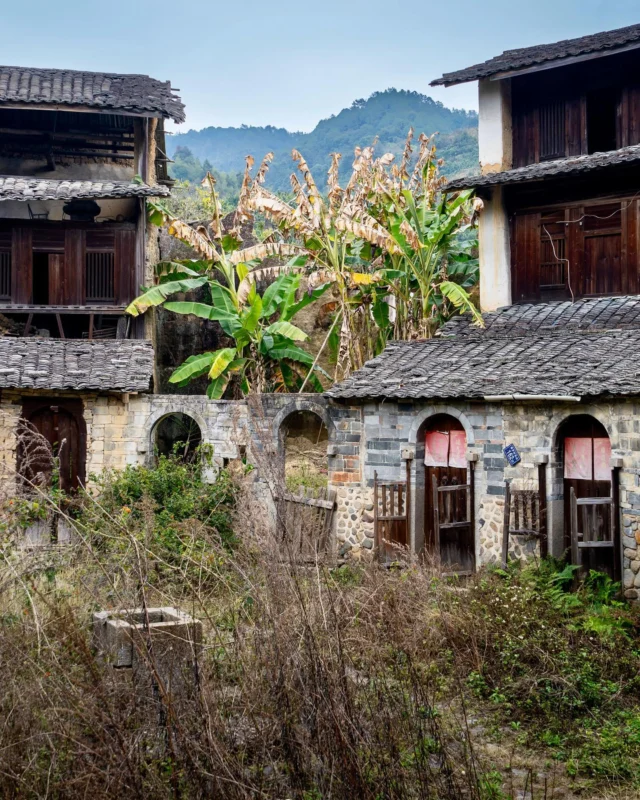
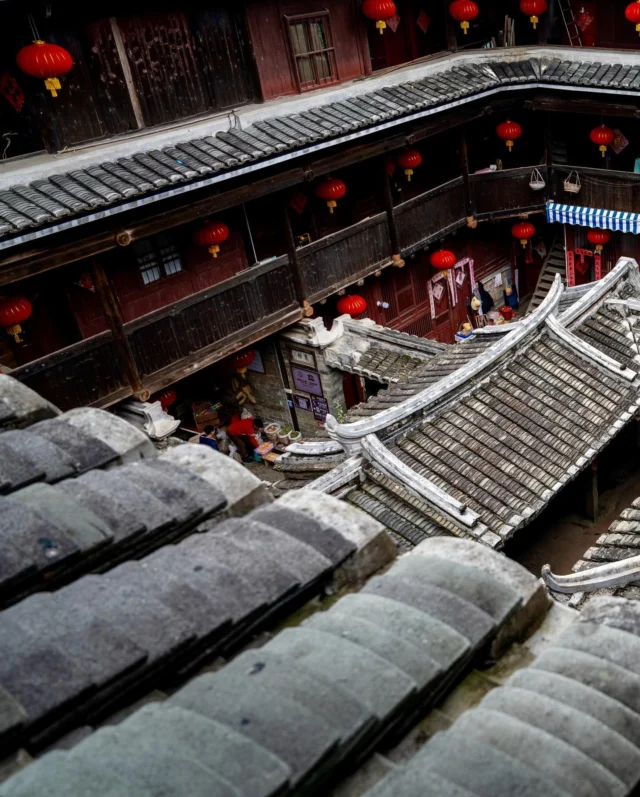
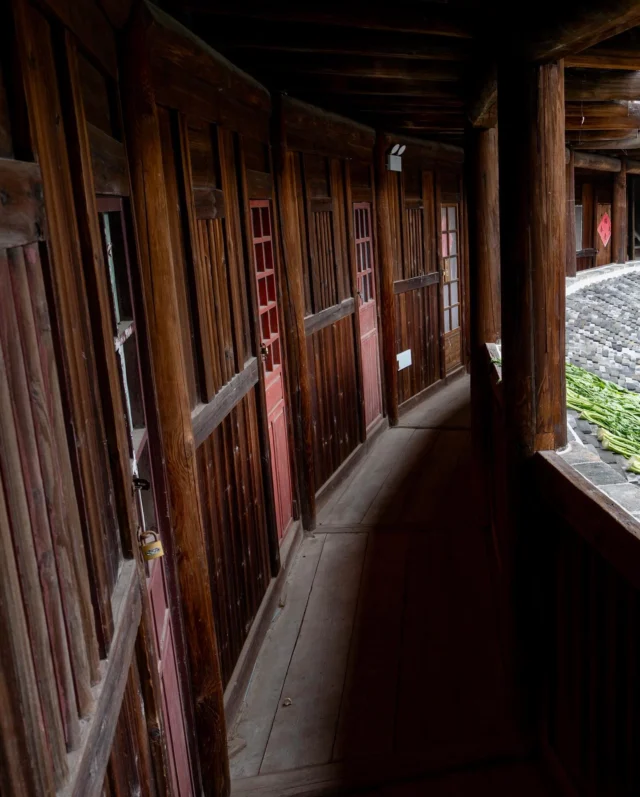
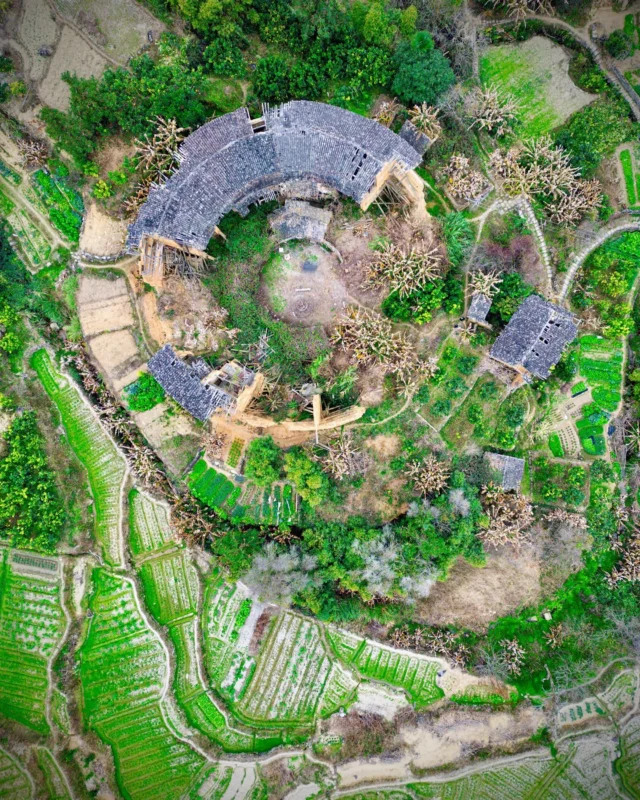
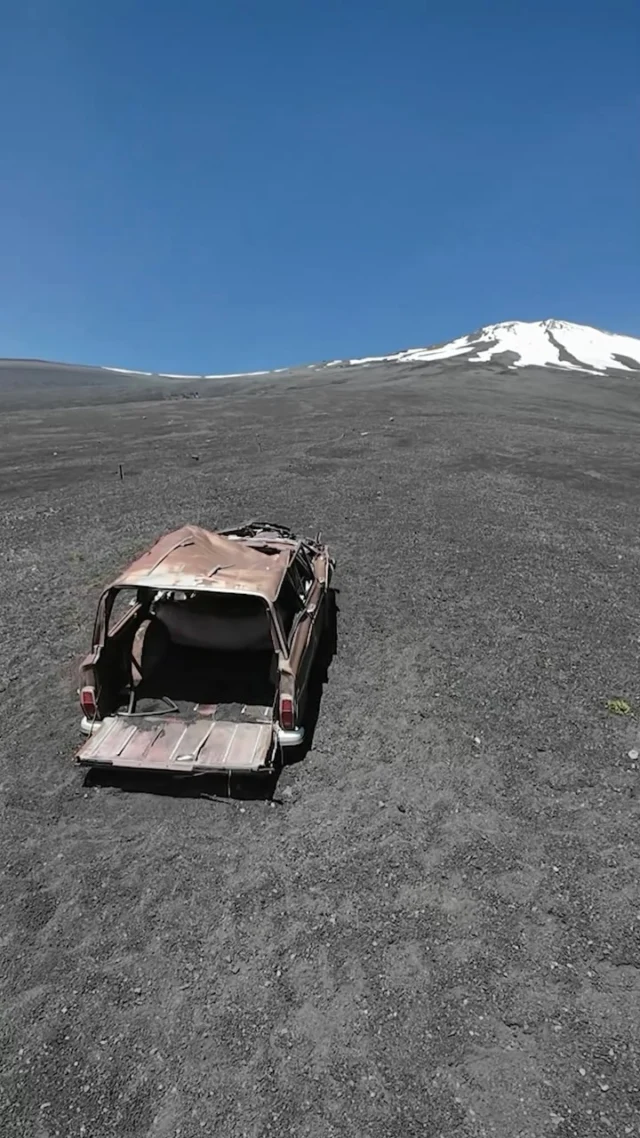
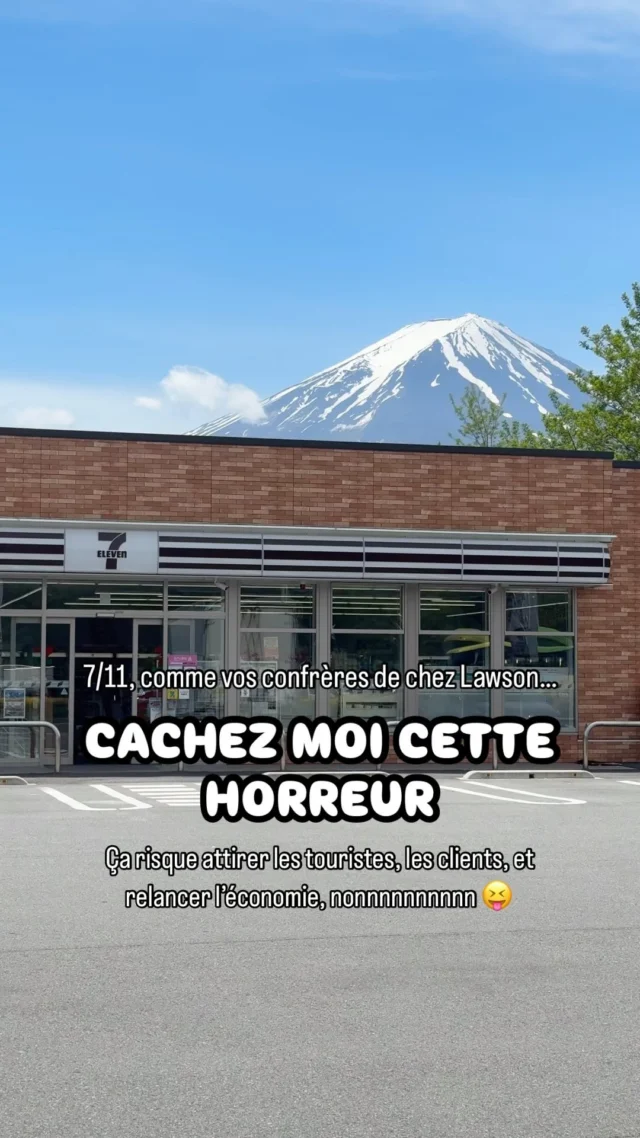
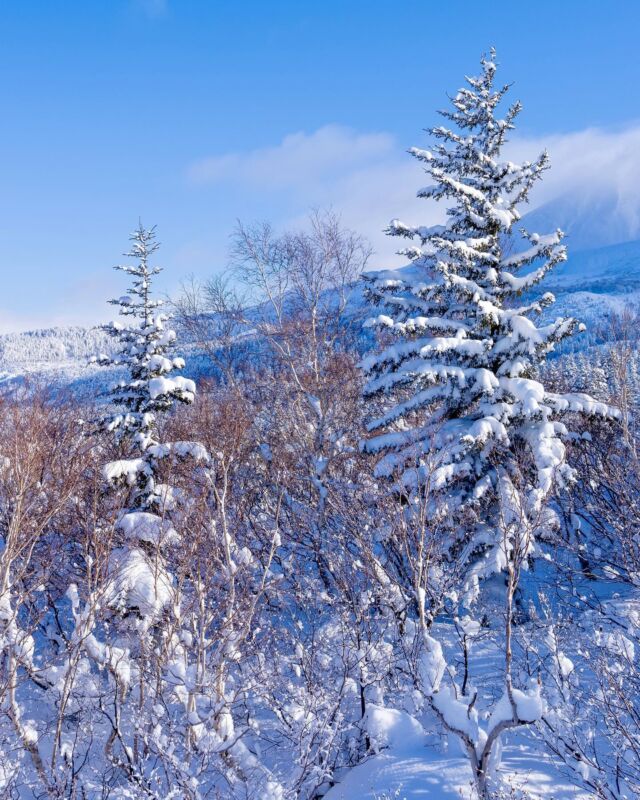
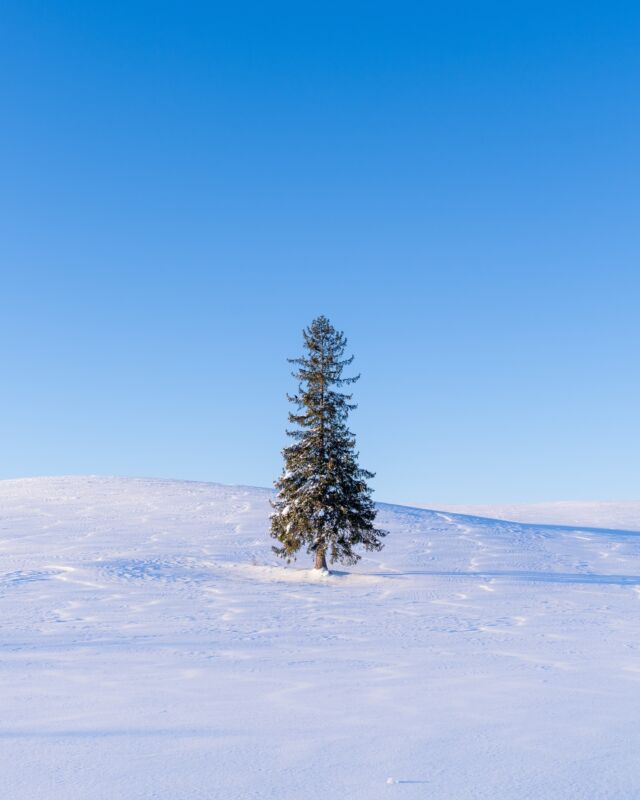
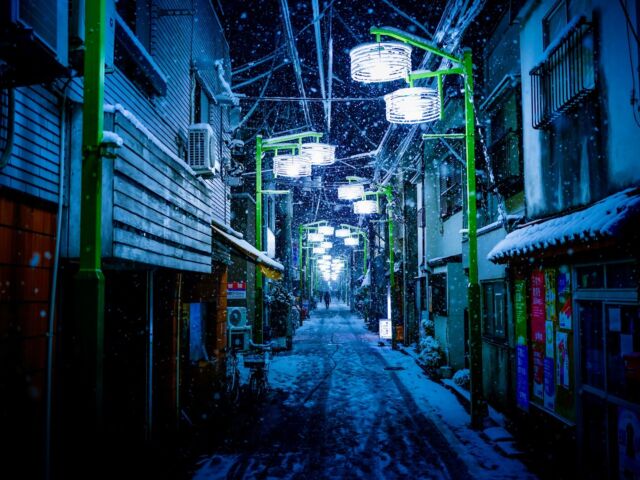
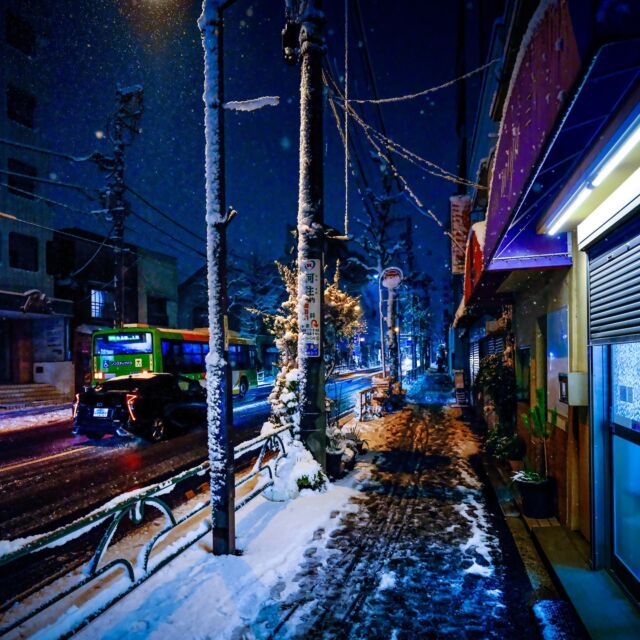
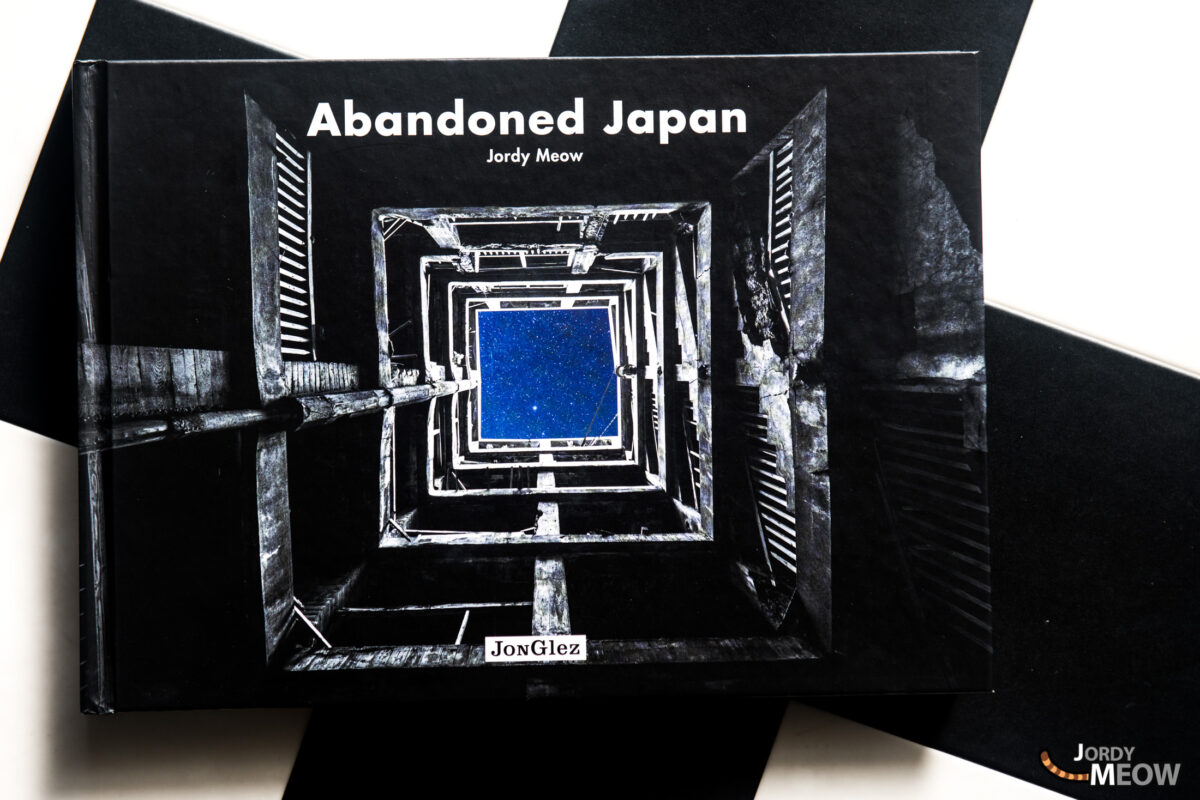

















That was an amazing read. Thank you!
I know! Sakamoto-san is amazing 🙂
Enjoyed reading this one greatly! The story about Hikawa-sensei was heart warming!! 🙂
Thanks a lot Genna! After visiting this island without knowing any social background on it, discovering all these stories really added a new layer to it. Sakamoto-san wrote a book about it, I hope it gets translated in English one day.
That would be amazing to read! Random question – have you come across anything about people living on the island after it was officially abandoned? When I first started researching the island I thought I read something about it, but now I cannot find anything on it. I know there are not now and haven’t been for awhile. But, back right after it was shut down. I would be interested to know if that’s true and if so how they survived there and for how long! I have been reading all of your articles and even liked your facebook page! I am obsessed with this right now! Thank you for all of the amazing pictures and stories, your site is by far the best and most comprehensive one I have come across! 🙂
Nevermind on this question – I just answered it myself.. I was confusing it with the Kowloon Walled City! 🙂
Haha, that would have been awesome! 🙂
Thanks a lot for this wonderful read about the island. I came to your site after exploring the island online in the forgotten world-project by Bryan James. It’s quite impressive to see all these photos of this beautiful and mysterious abandoned place. But it’s really awesome to hear these lovely little memories and anecdotes by somebody who spent a part of his lifetime over there. Thanks again for sharing!
It’s all thanks to Sakamoto-san 🙂 Yes, I have talked with Bryan, his project is really well-made, and I am glad he contacted me for it. I wish I could gather more stories of those inhabitants but not sure how, actually there are only a few willing to do so. If I can, I definitely will 🙂
Pretty amazing historical place! Its always really satisfying to read history of an old place, the people who lived there and what happened…awesome reading of the day!
Thanks a lot for appreciating this article Christine 🙂
This is a beautiful account. I wish there were far more view points from other people who lived on the island however, so I could see the contrast between different inhabitants’ opinions of life there.
I am fascinated with this island, and I am in the processes of planning a novel based on Hashima and it’s people. I’m struggling to find real accounts that aren’t based on an external viewpoint.
If anyone can share anything with me regarding ‘real life’ on the island, beautiful or ugly, I’d be very interested to read it. I want to know about the harsh conditions and the moments of beauty too. If you have any stories that you can tell me, I’d love to hear them.
[email protected]
Beautiful photos and a poignant account of this place.
Thanks a lot for reading it, I really would like to make a big update to all this but history didn’t change 😉
5
Hi Jordy, my name is Yoojin and I am a postgraduate student at the University of Auckland in New Zealand. I am currently writing my Master’s thesis on Gunkanjima and its representations in South Korean and Japanese popular culture.
Your stories and photos are so fascinating and I find this interview you did with Sakamoto Doutoku san very interesting. His perception of the island as ‘furusato’ is quite differentiated from what the mainstream Japanese media talks about – which usually is industrial heritage tourism, architecture ruin, UNESCO World Heritage, etc. If you do not mind, I would like to use your sources as a part of my analysis. I think the narratives of the former inhabitants will add another layer of the memories surrounding Gunkanjima. Also, if possible and if you do not mind, I would love to read the original Japanese version of the interview.
If you could contact me through my email ([email protected]), that would be much appreciated.
I would love to hear more about your experiences in Gunkanjima.
Thank you so much for sharing, I really appreciate these wonderful sources.
Looking forward to hearing back from you!
Regards,
Yoojin
4.5